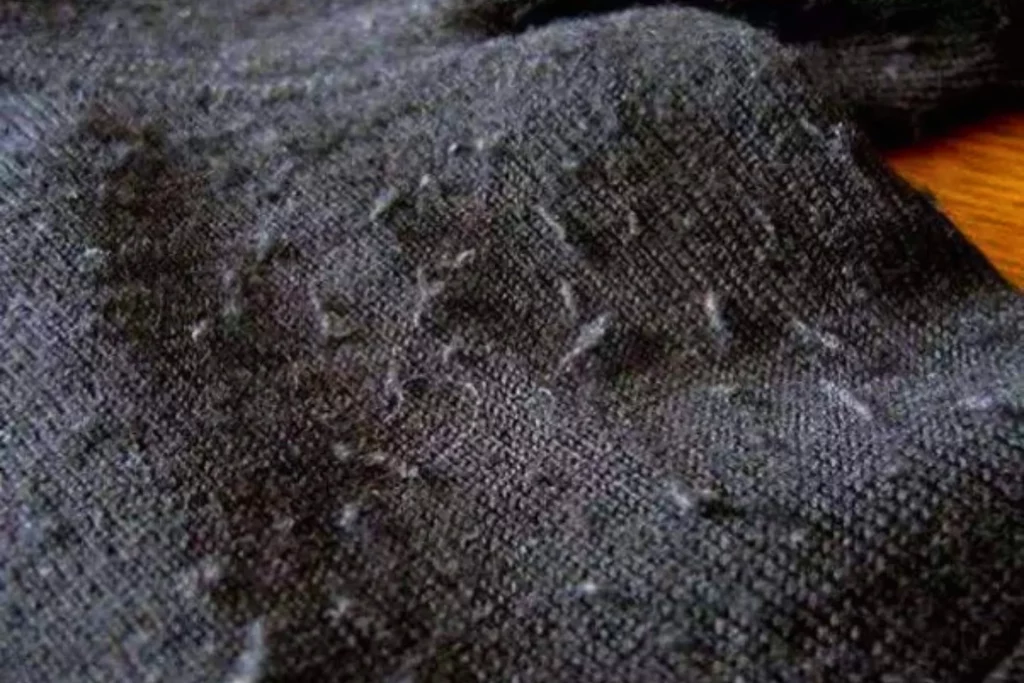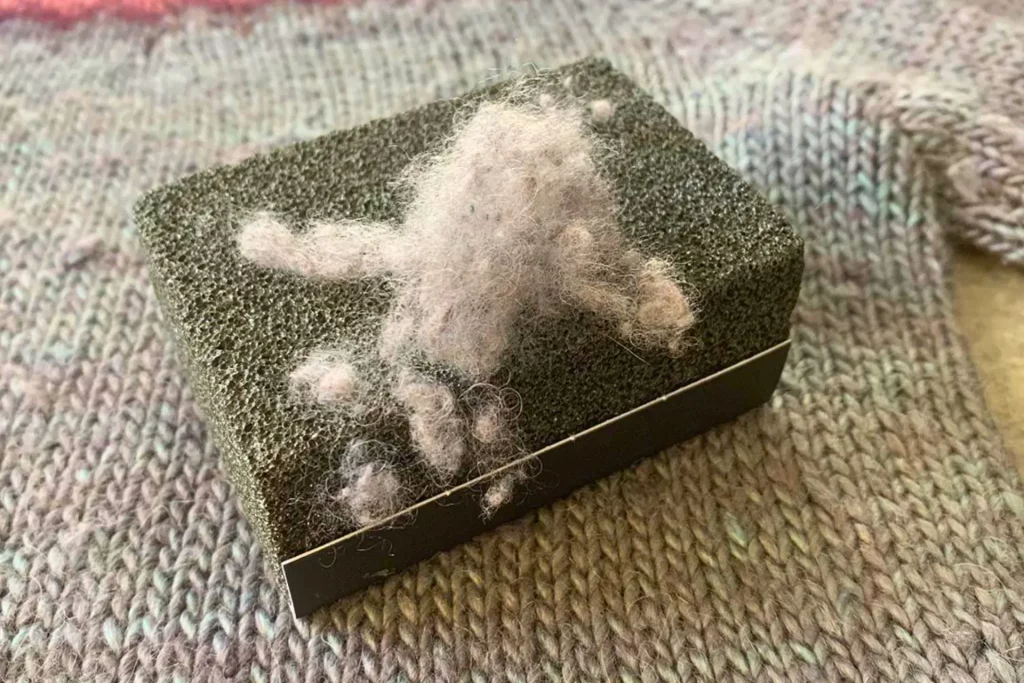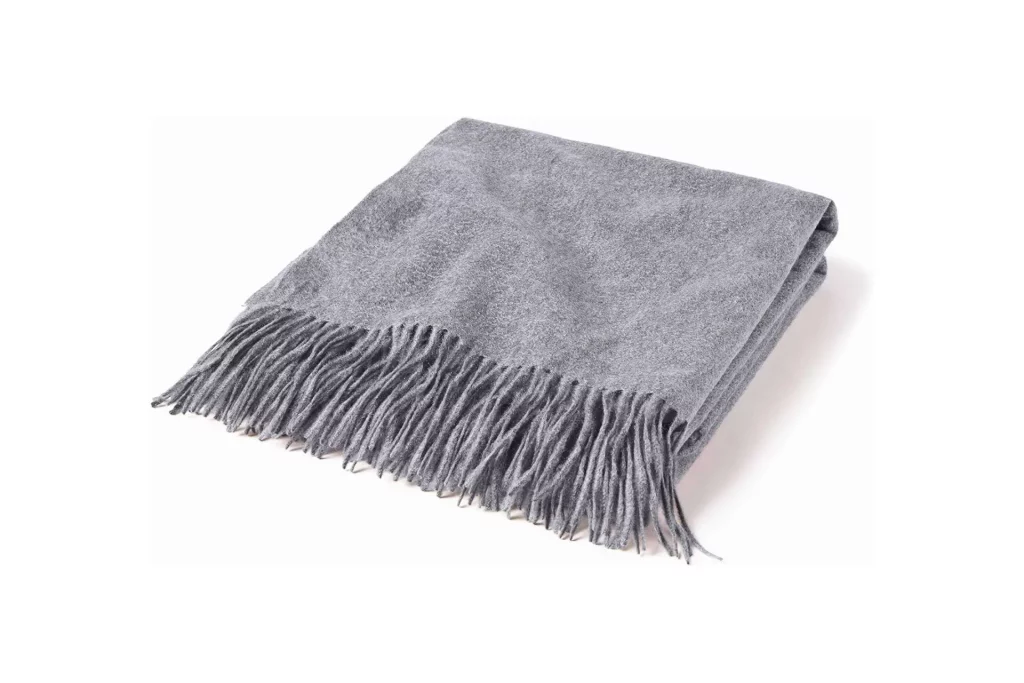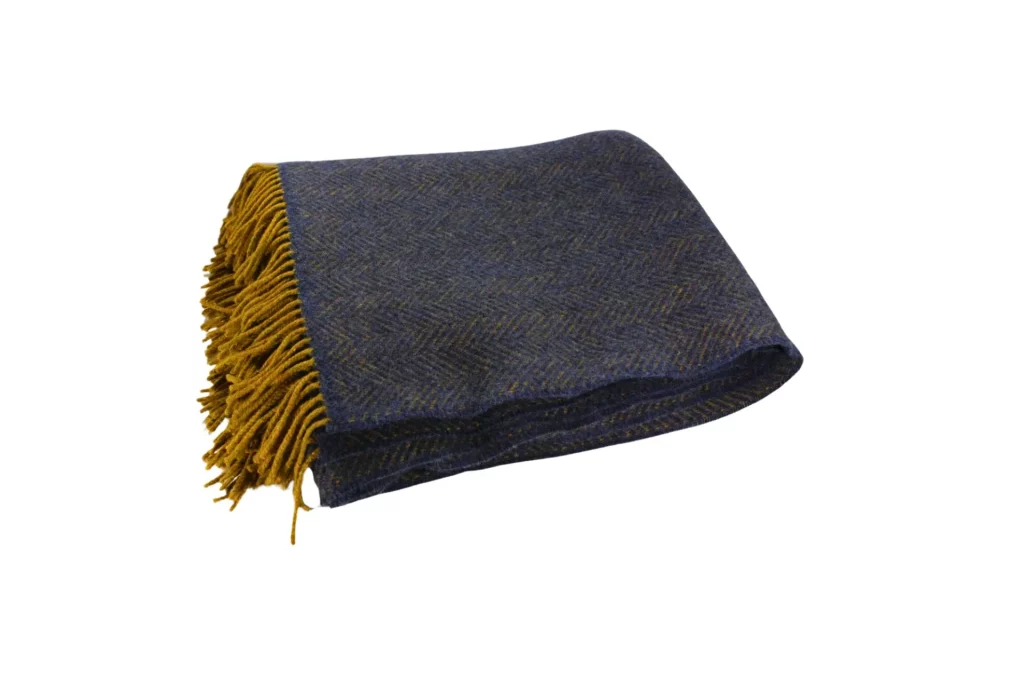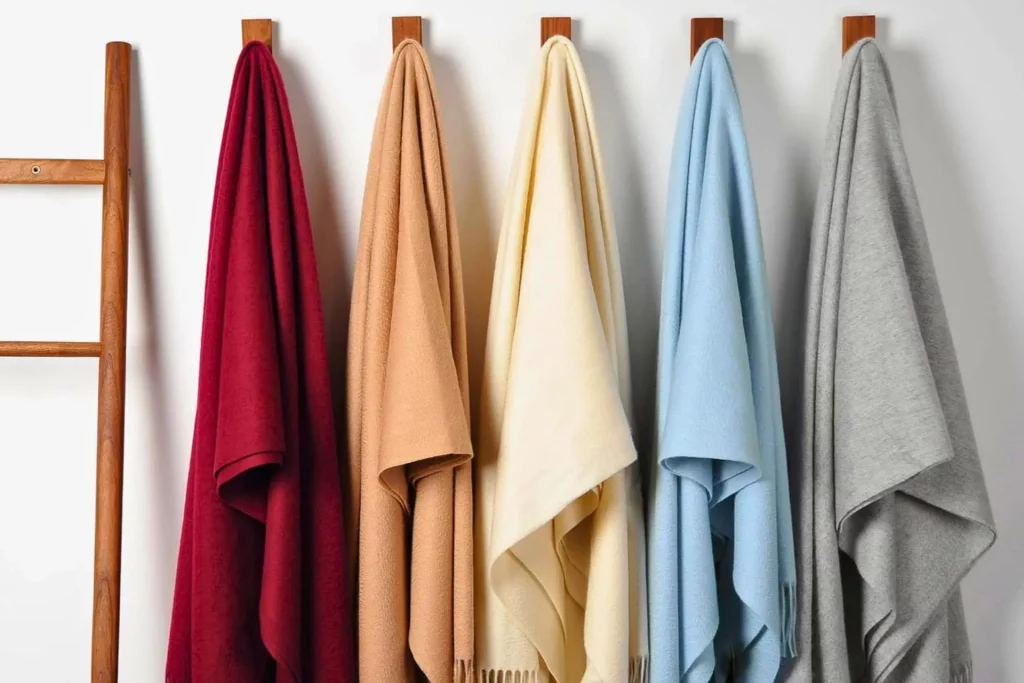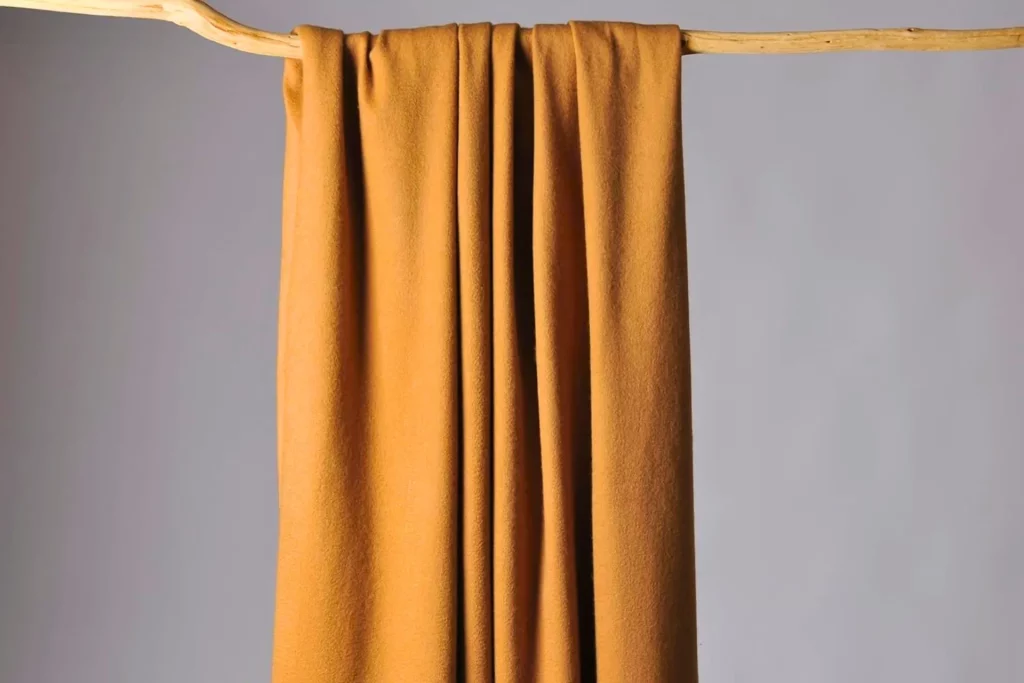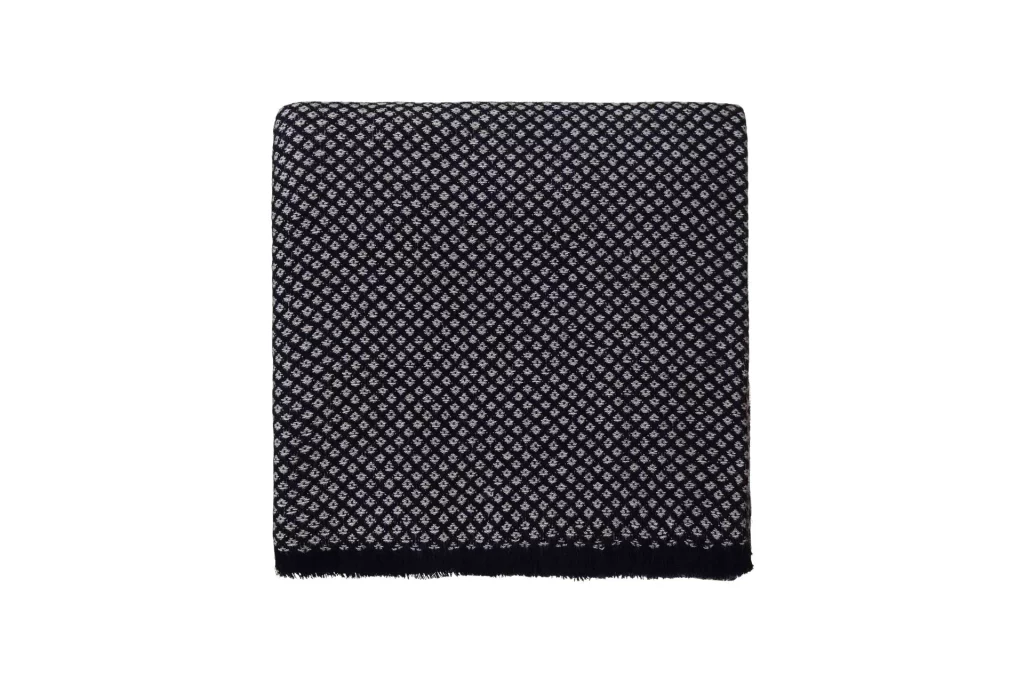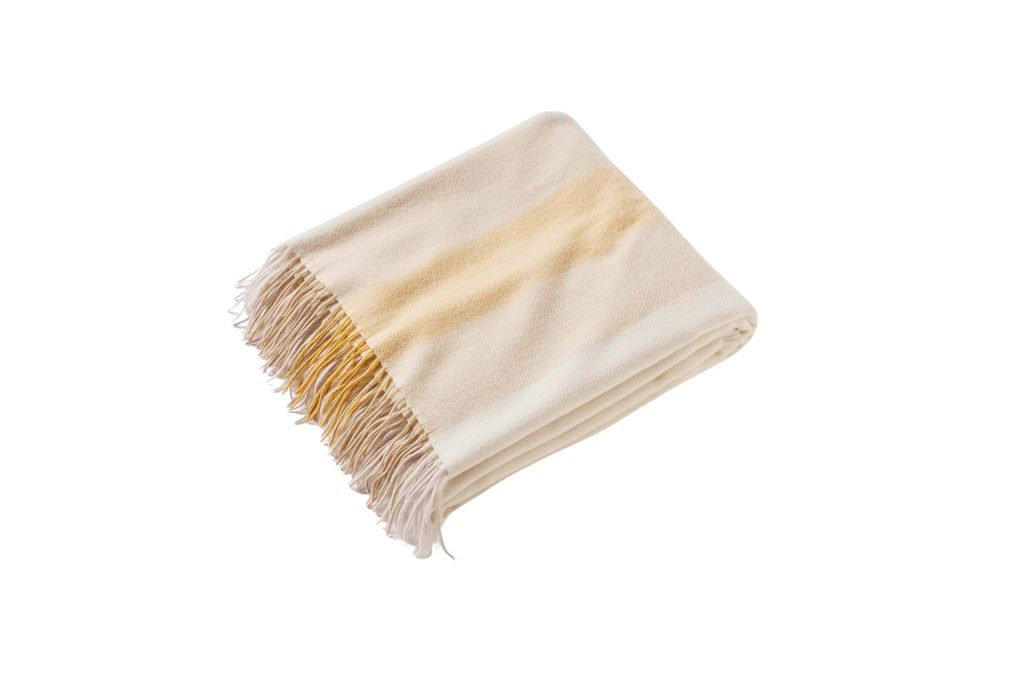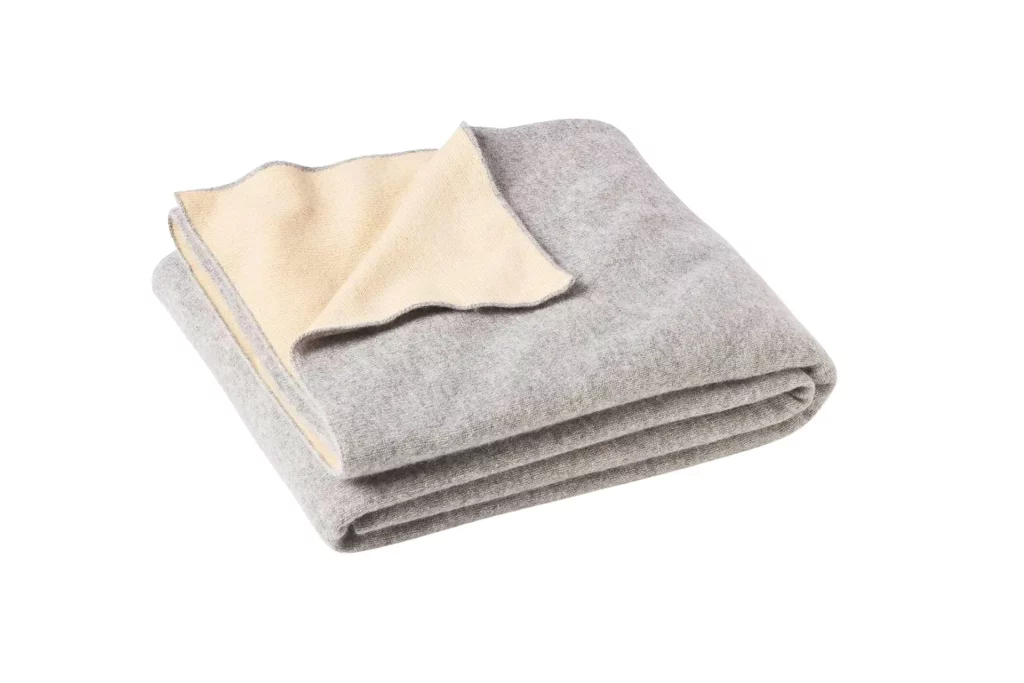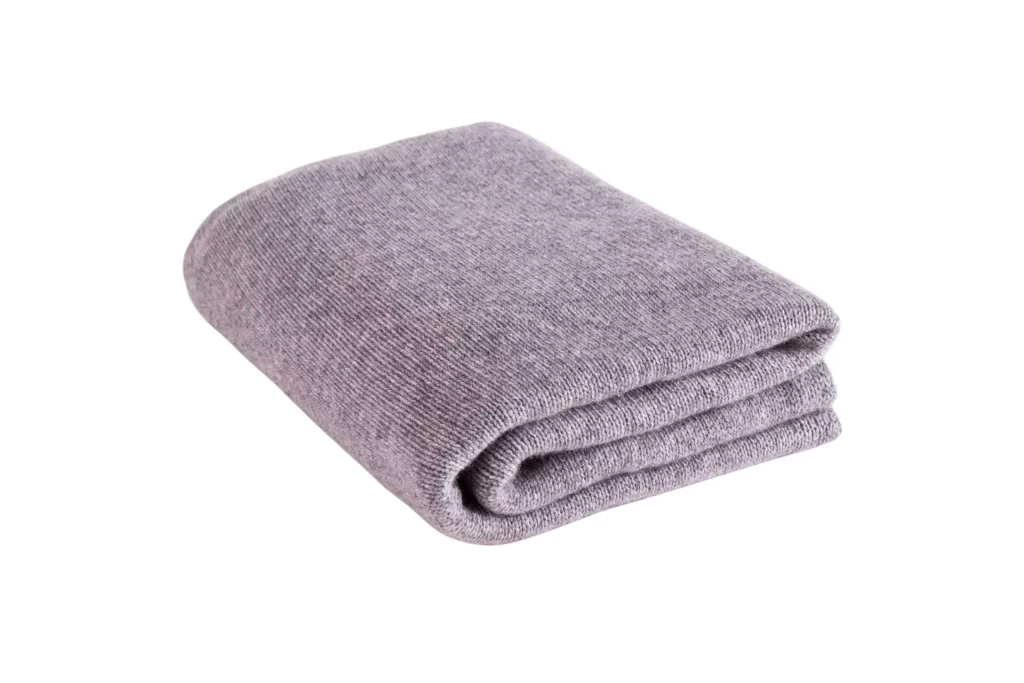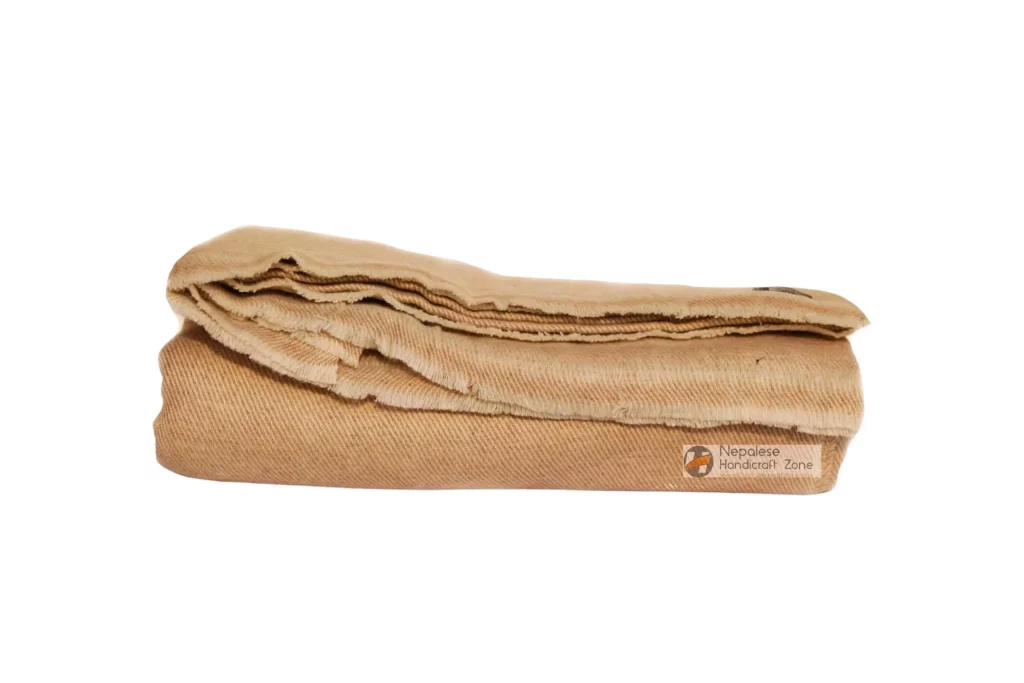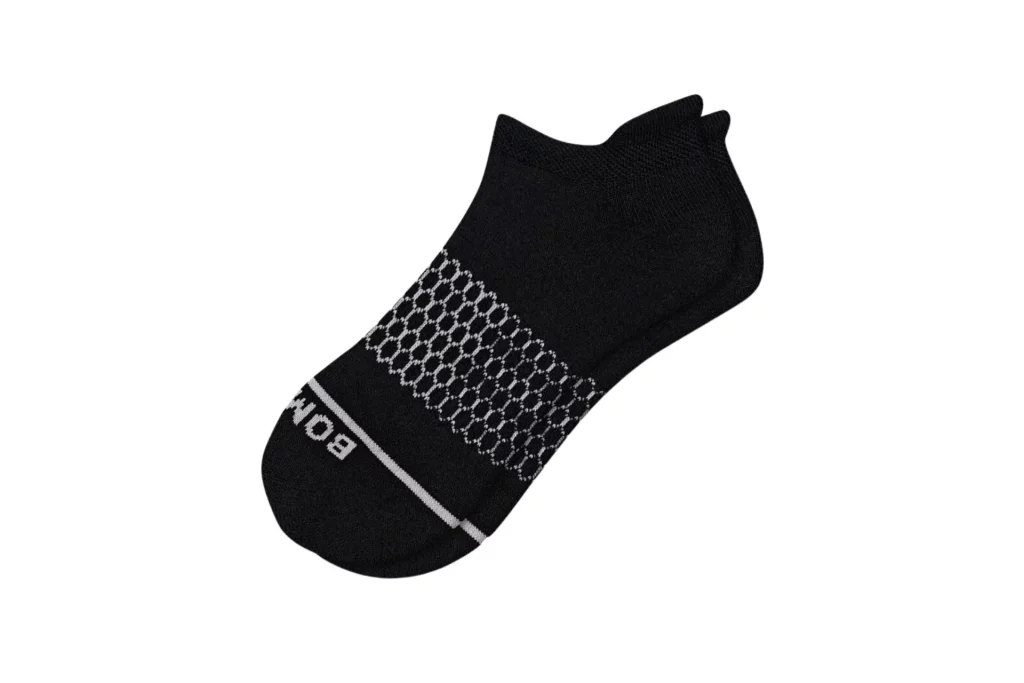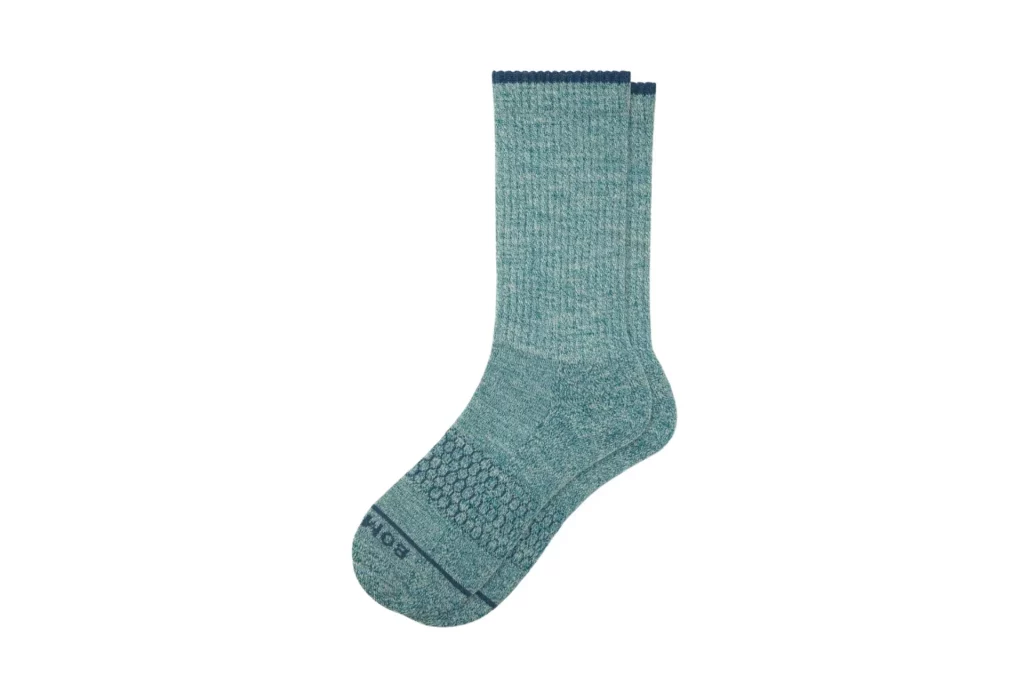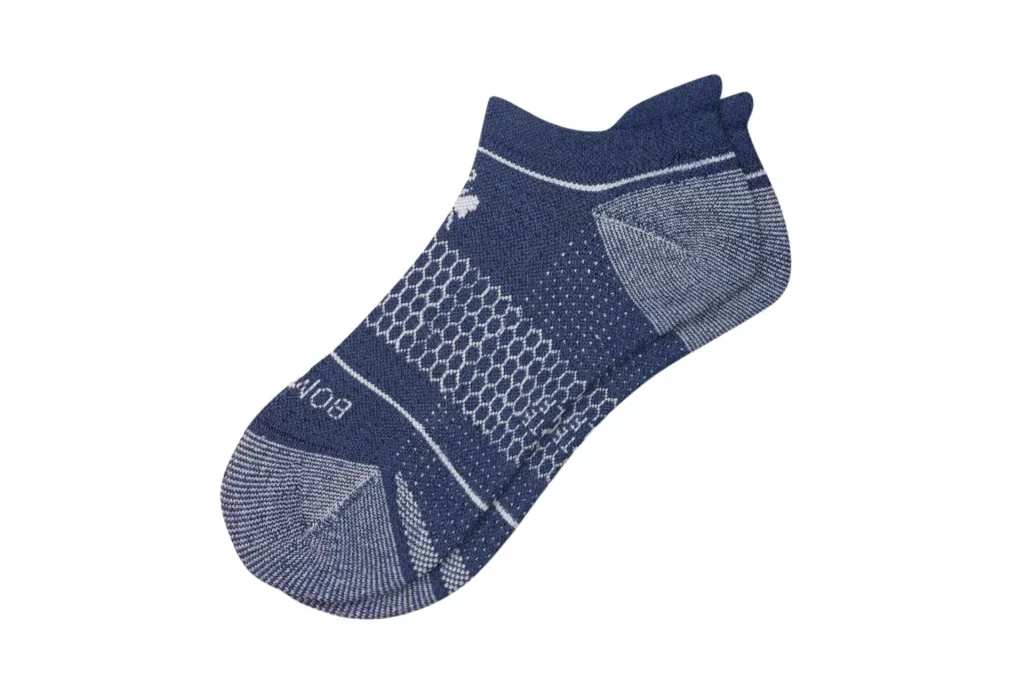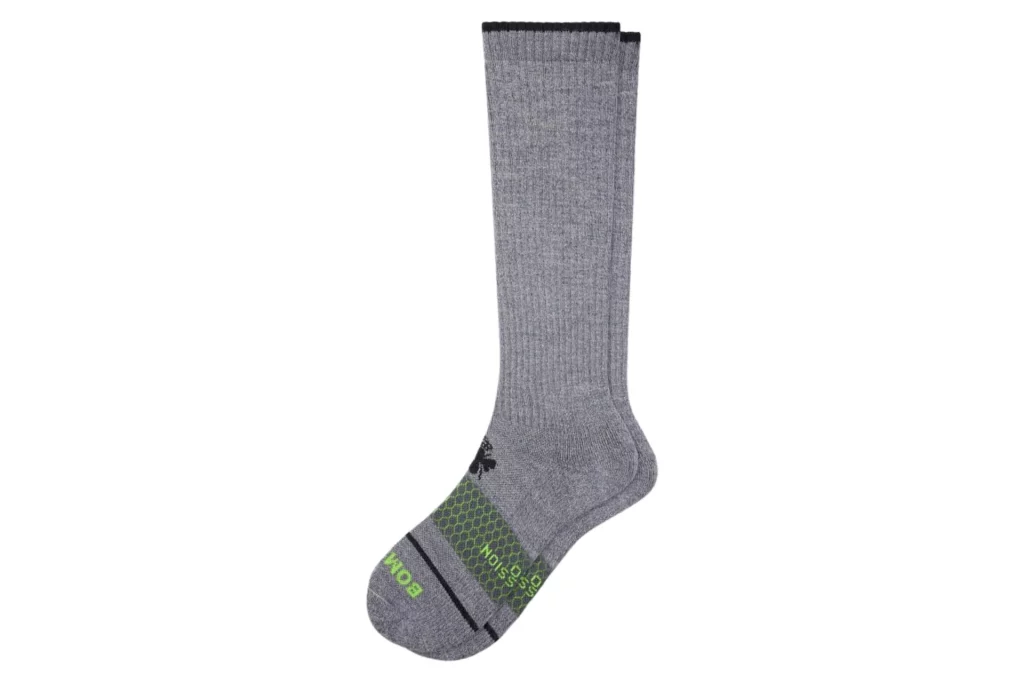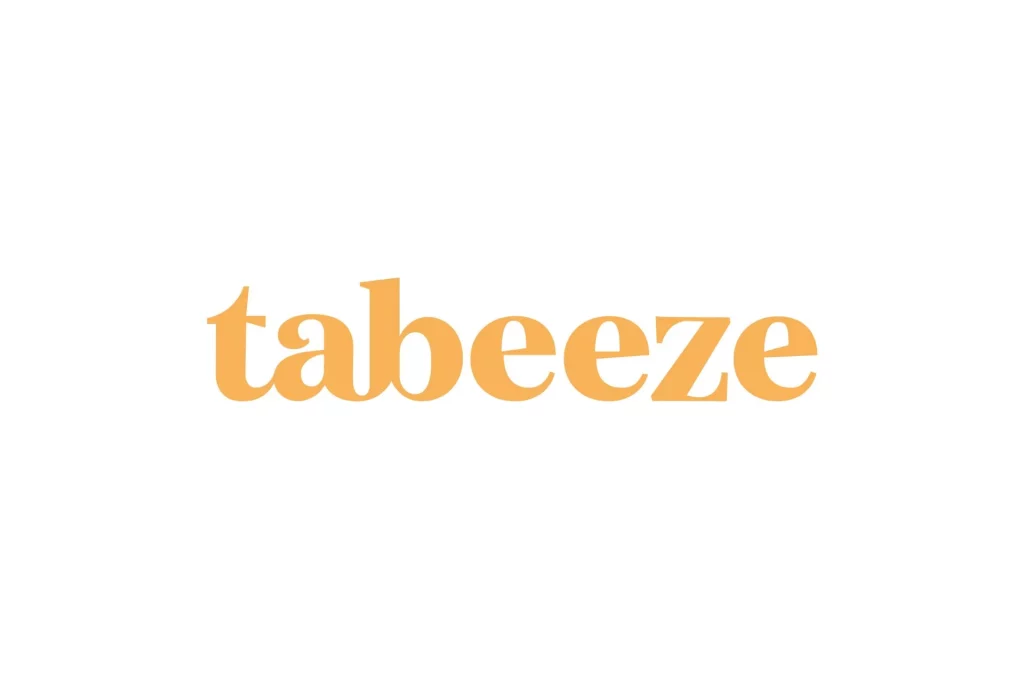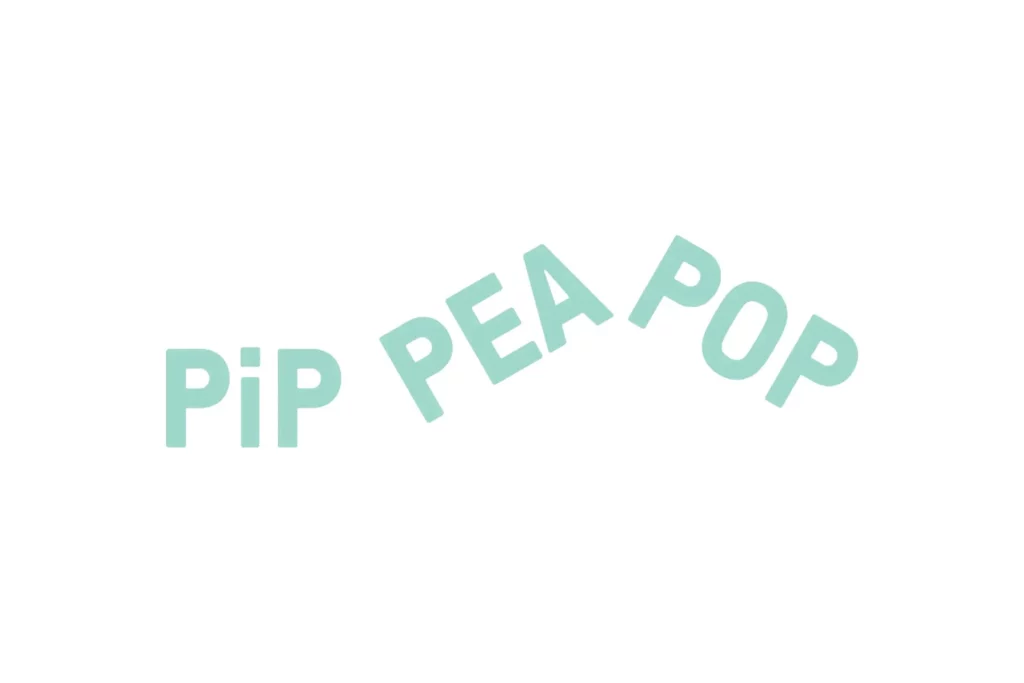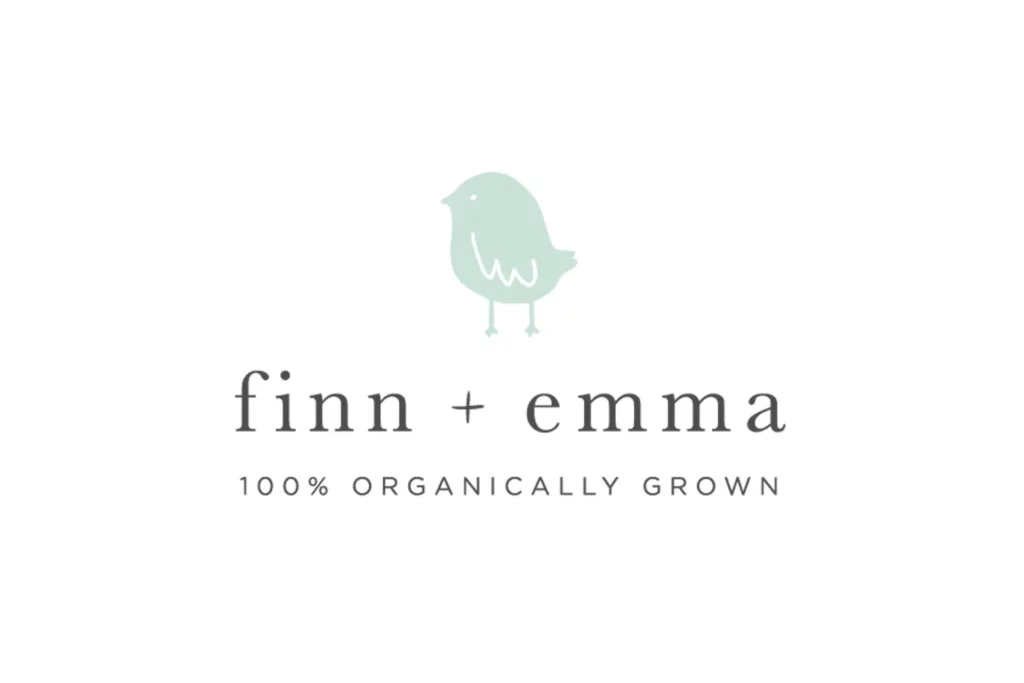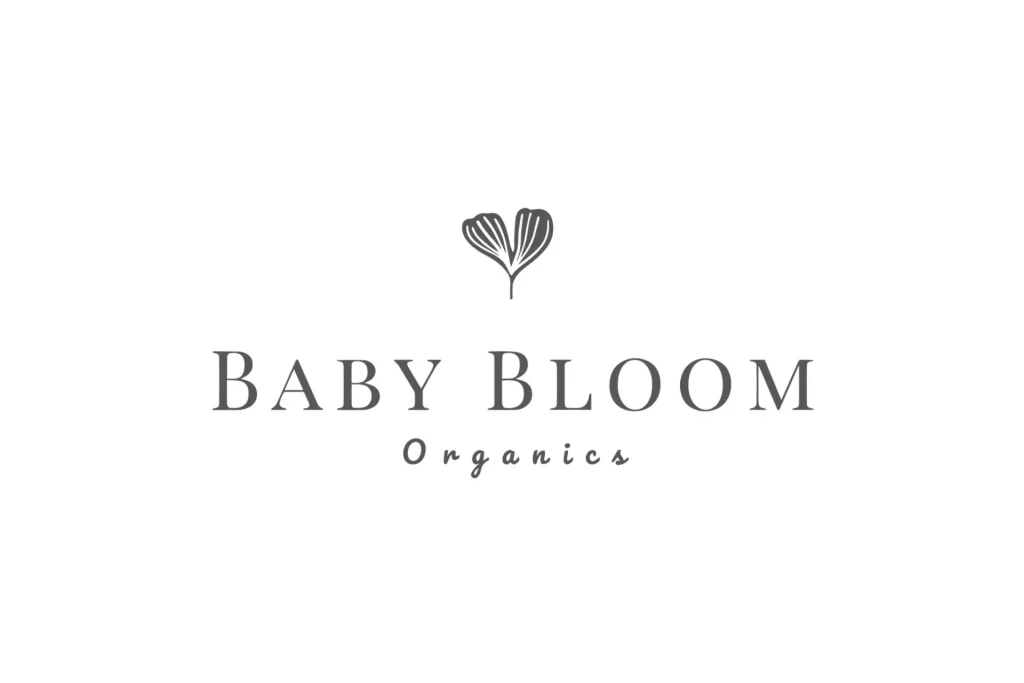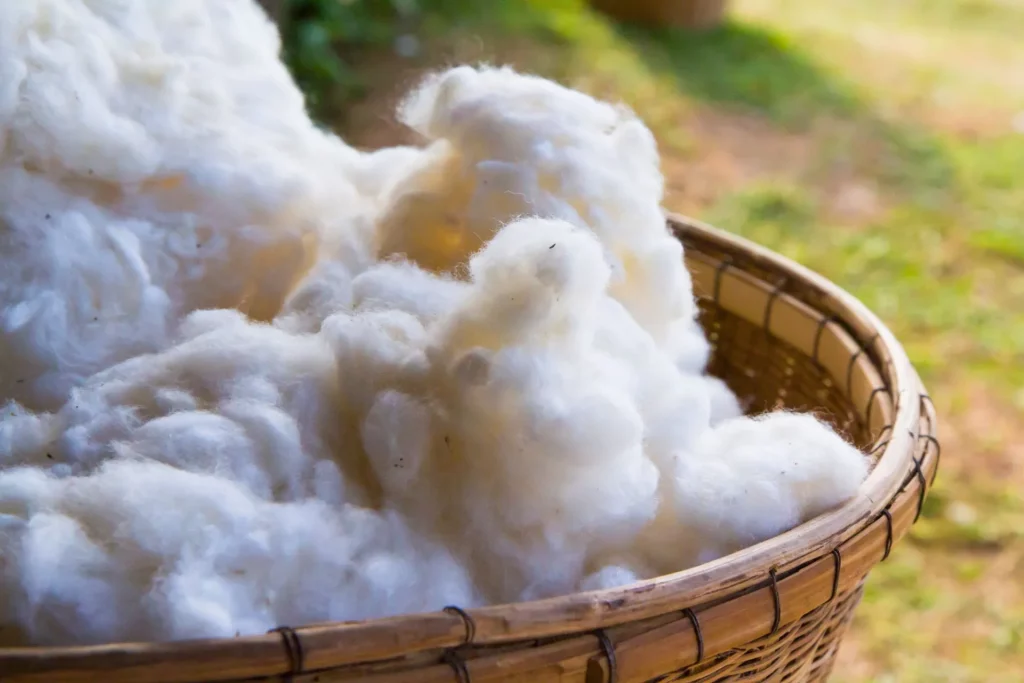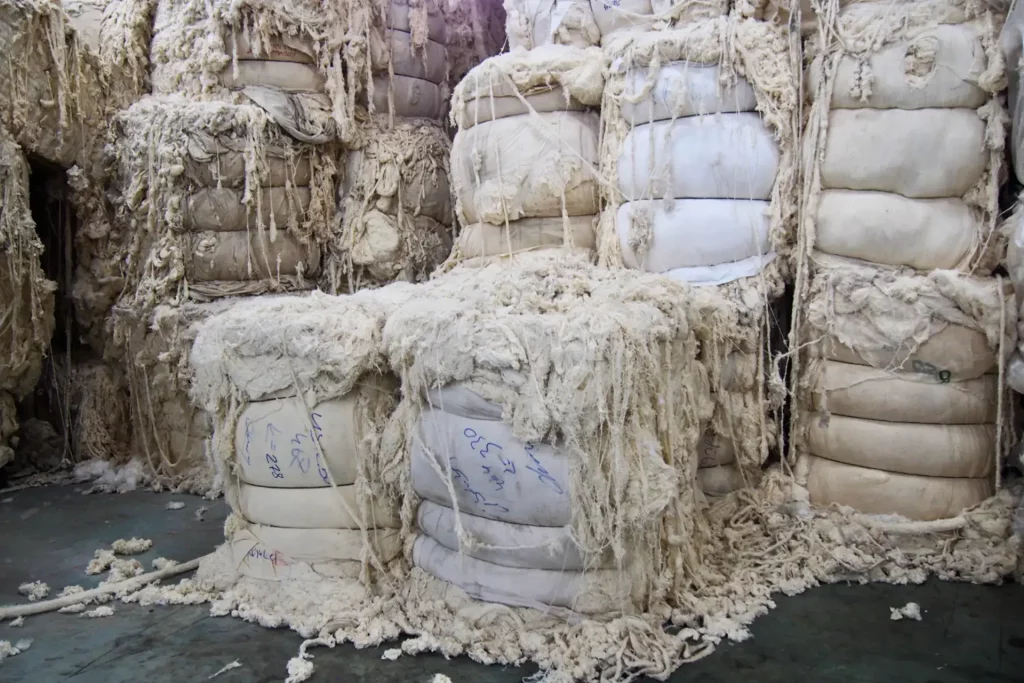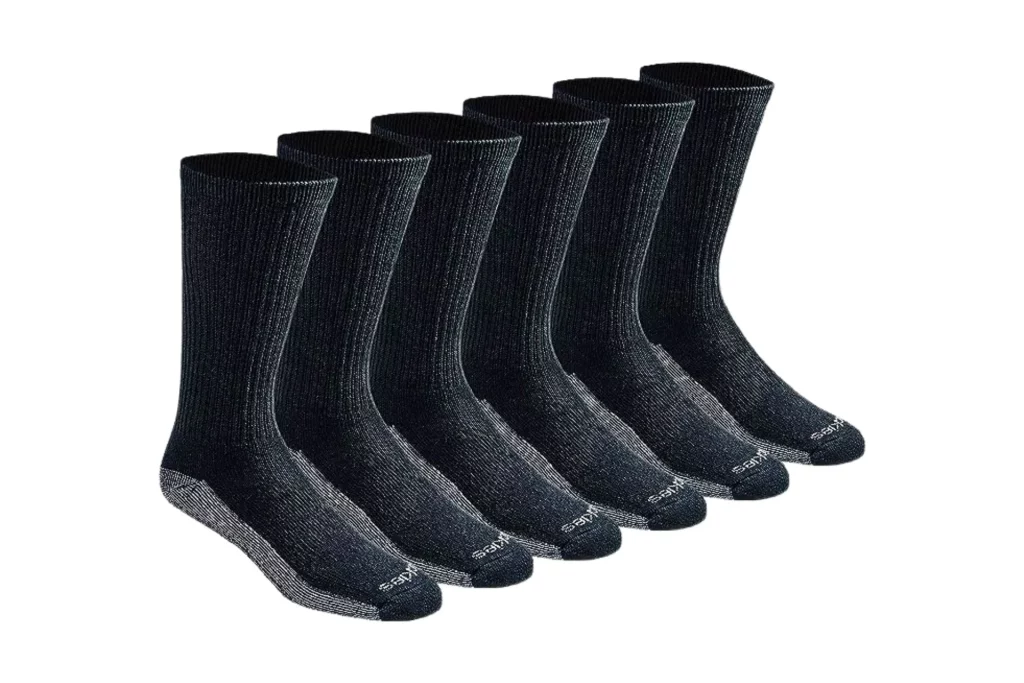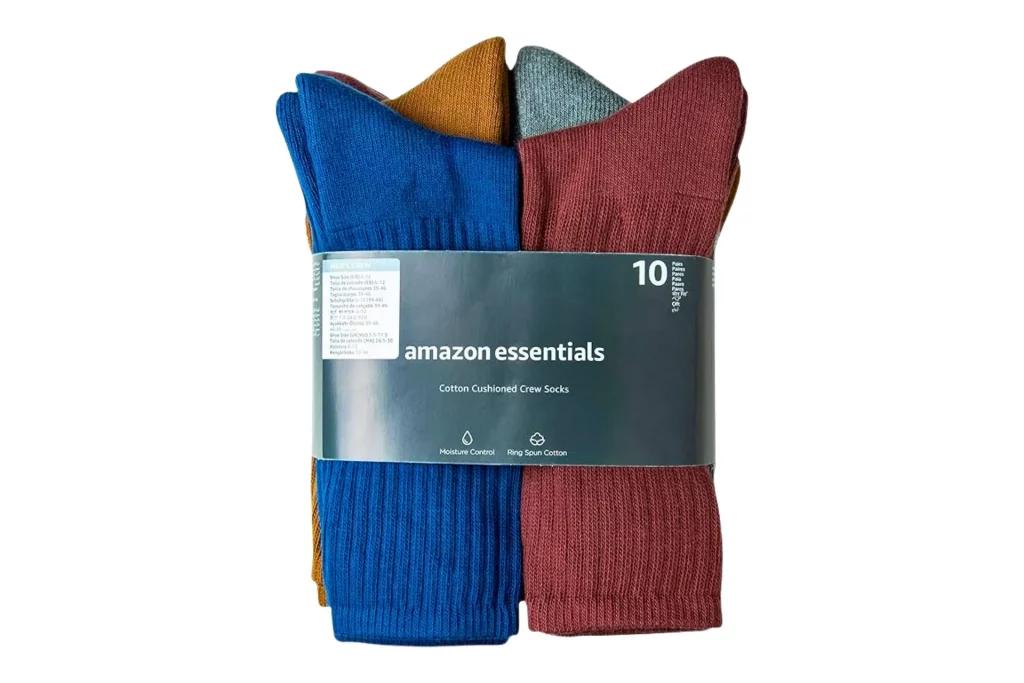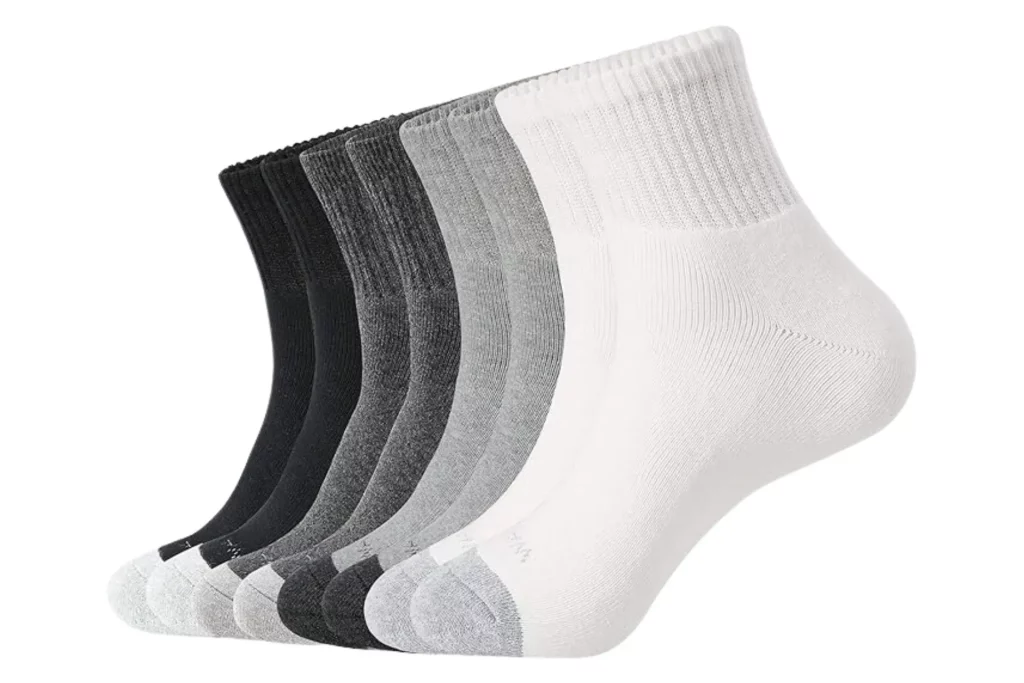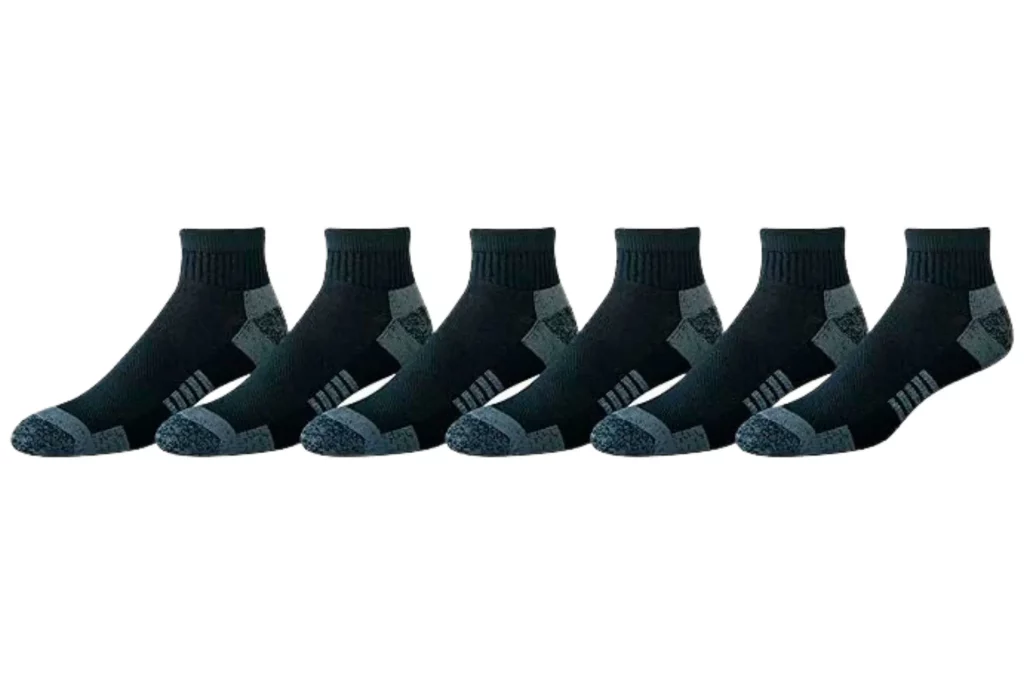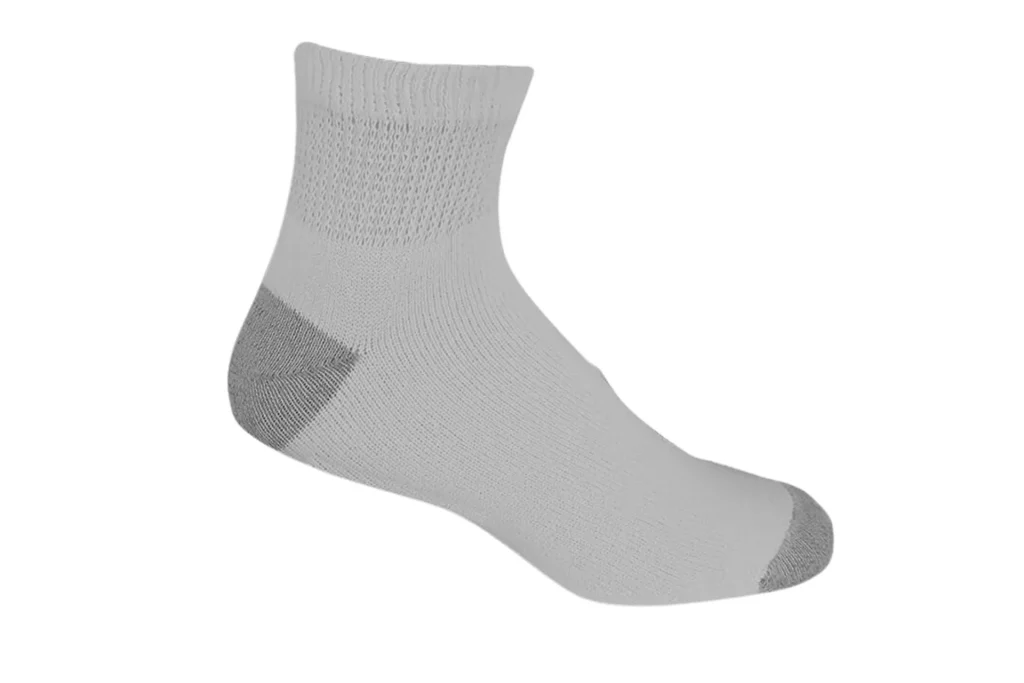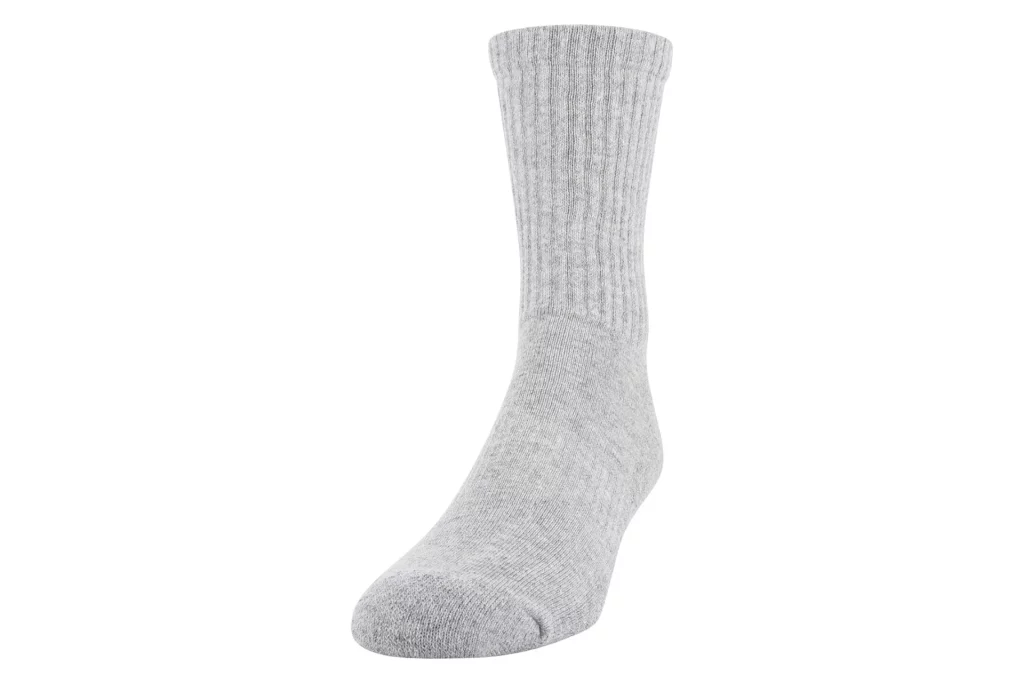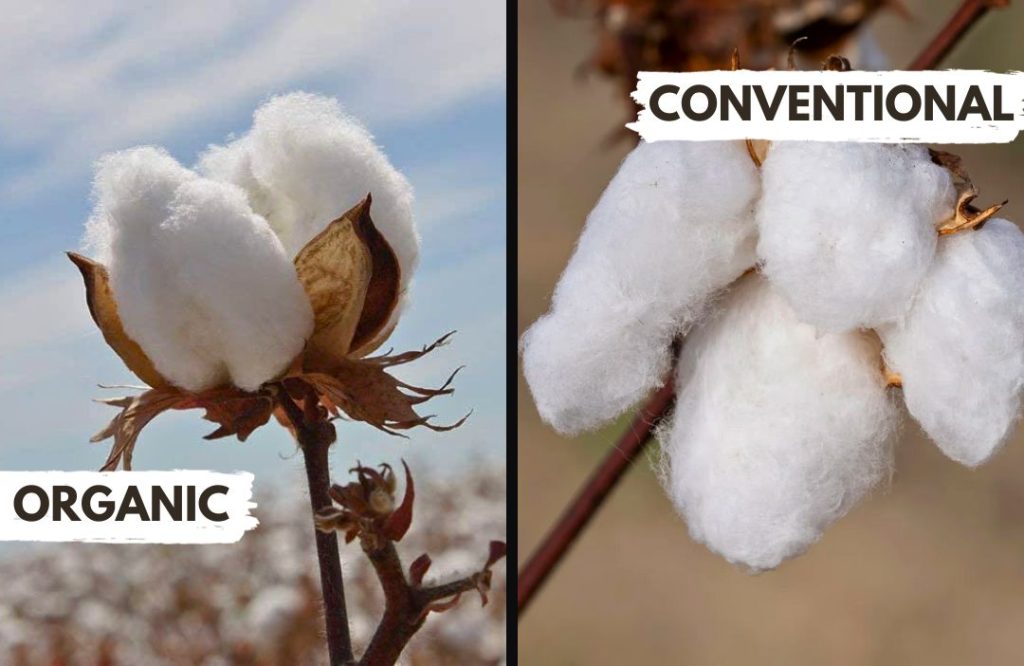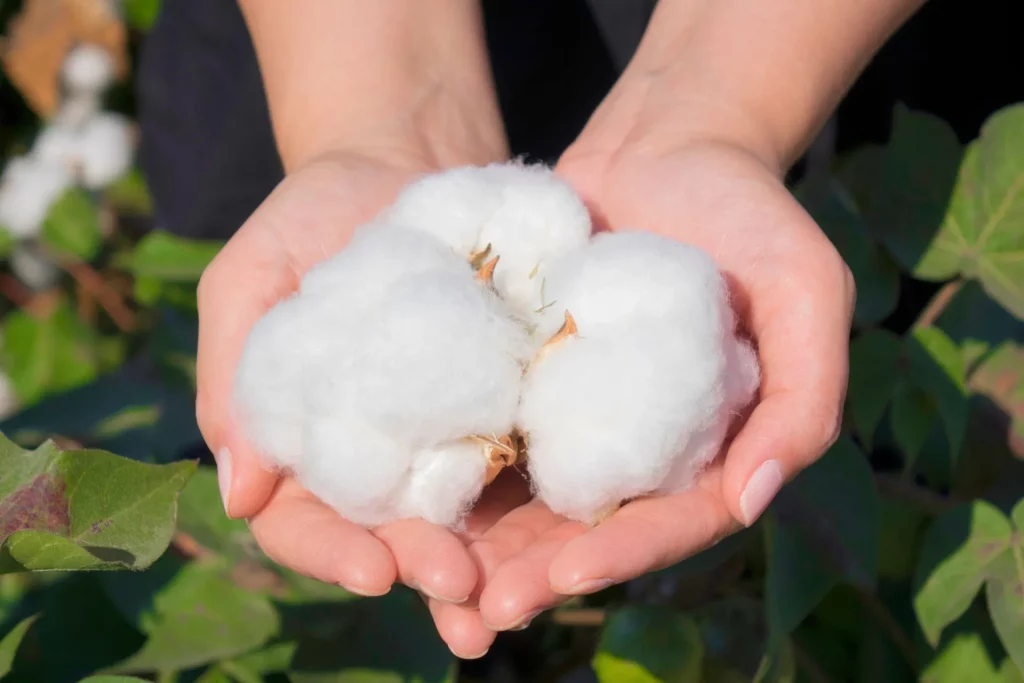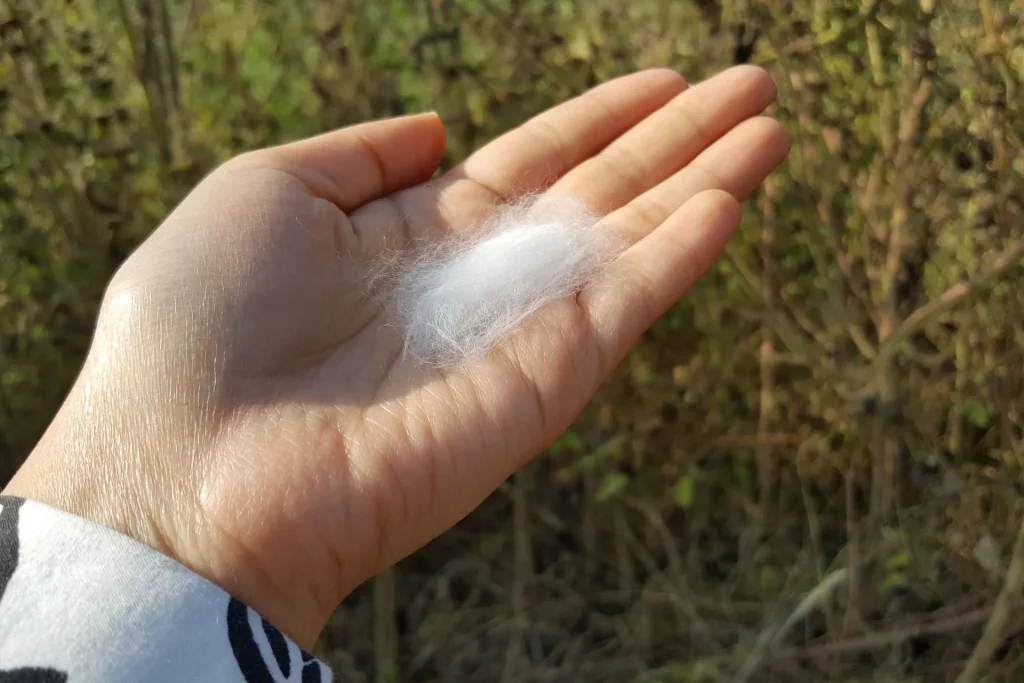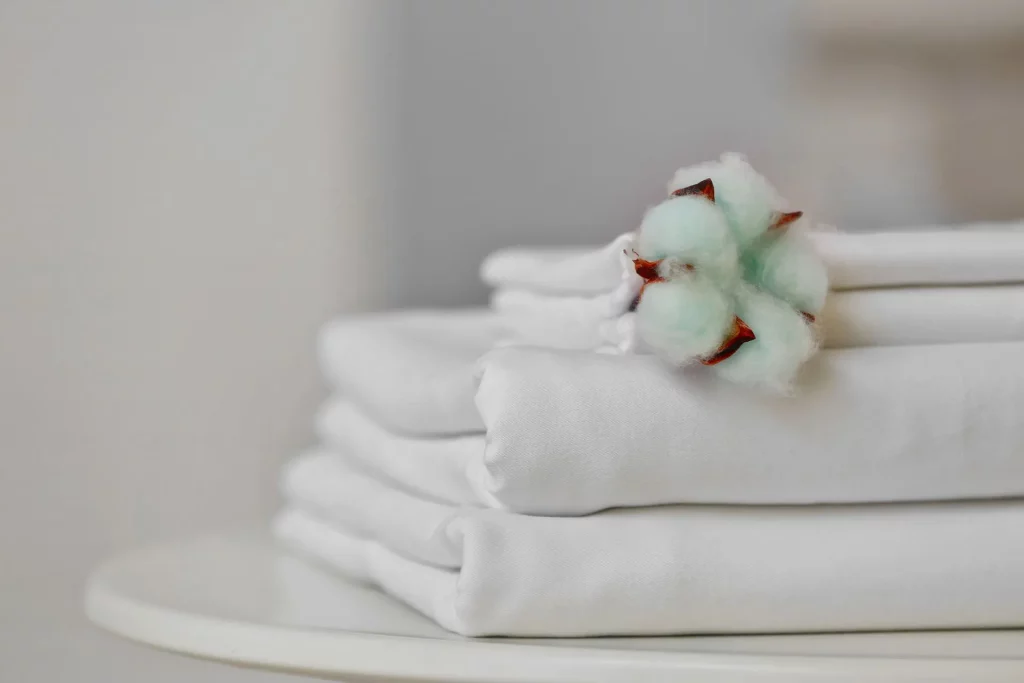In a world where comfort is king and fashion reigns supreme, the choice between modal vs. cotton becomes more than just a decision about fabric. It’s a quest for the perfect blend of luxury and practicality, a journey that millions embark on daily, with fingers hovering over keyboards in search of the ideal textile solution.
Imagine yourself standing in front of a closet brimming with options, each garment promising a unique experience against your skin. Modal, with its silky allure, whispers promises of indulgent softness, while cotton, the classic companion, champions breathability and timeless familiarity. As you grapple with this fabric problem, you’re not alone.
This quest extends beyond mere comparison of fibers; it delves into the heart of personal preference, environmental consciousness, and the desire for a wardrobe that aligns seamlessly with your values.
Join us as we unravel the threads of this fabric dilemma, exploring the genuine concerns of those in search of comfort, sustainability, and a touch of luxury in the very fabric of their lives.
What is Modal Fabric?
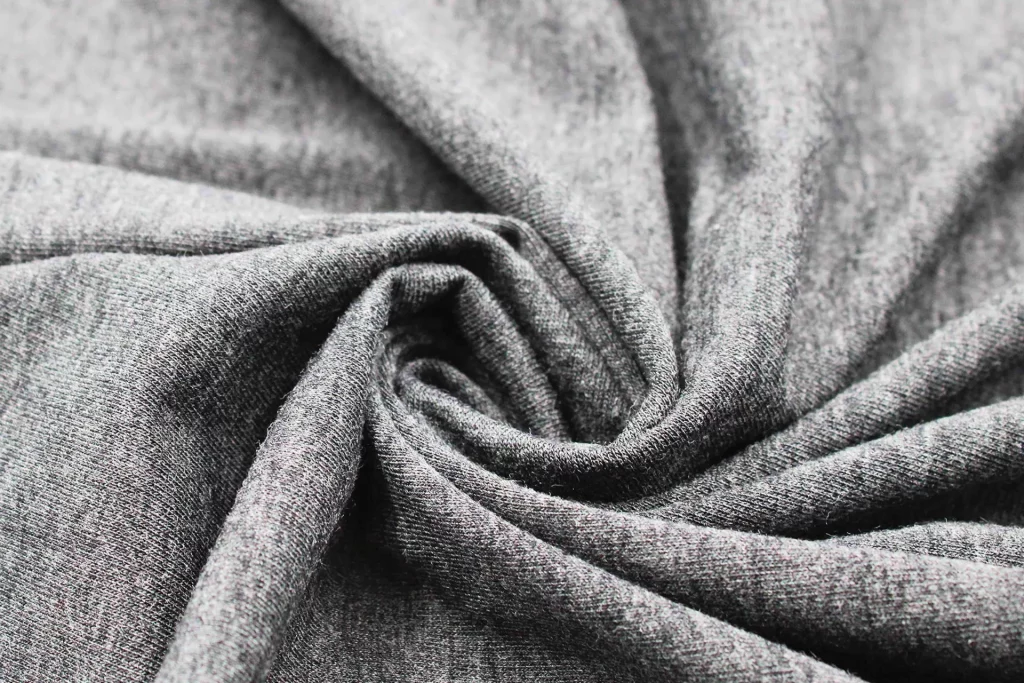
Modal fabric is a kind of rayon derived from the wood pulp of beech trees. Modal is a popular fabric for cozy but luxurious apparel because of its remarkable warmth, leading to silk comparisons. It is highly breathable and has excellent drivability, allowing it to hang gracefully.
Modal is frequently used in activewear, undergarments, and sleepwear due to its comfort and moisture-wicking properties. While it undergoes chemical processing, some modal fabrics are produced using eco-friendly methods.
With good color retention and a silky feel, modal combines the qualities of both natural and synthetic fibers, making it a versatile and sought-after material in the fashion industry.
How Is Modal Made?
Modal is made through a multi-step process that transforms beech tree pulp into a versatile and luxurious fabric. Here’s an overview of how modal is produced:
- The sustainable harvesting of beech trees—more especially, European beech trees—is the first step in the process. These trees are renowned for growing quickly and having little effect on the environment.
- The harvested beech wood is chipped into small pieces to prepare it for further processing.
- The wood chips undergo a chemical treatment, typically involving a combination of sodium hydroxide and carbon disulfide. This treatment breaks down the wood into a pulpy substance.
- The pulpy substance is then dissolved in a solution to create a viscous liquid.
- The viscous liquid is extruded through spinnerets, creating fine fibers. These fibers are then spun into yarn.
- The resulting yarn is washed thoroughly to remove any remaining chemicals and impurities.
- The washed yarn is dried to prepare it for further processing.
- Depending on the desired end product, the dried modal yarn is then woven or knitted into fabric.
- The modal fabric may undergo additional finishing processes, such as dyeing or applying special treatments for enhanced properties.
The end result is a soft, breathable, and durable fabric with qualities similar to silk. Modal’s popularity stems from its comfort, versatility, and eco-friendly potential when produced using sustainable practices.
Properties of Modal:
Modal fabric possesses several distinctive properties that contribute to its popularity in the textile industry:
- Softness: Modal is celebrated for its remarkable softness, often likened to the gentle touch of fine fabrics. This sumptuous feel makes it a sought-after choice for garments that intimately contact the skin, like underwear, loungewear, and bed linens.
- Breathability: The fabric is highly breathable, allowing air to circulate through the material. This characteristic makes modal well-suited for activewear and warm-weather clothing, as it helps keep the wearer cool and comfortable.
- Drapability: Modal has excellent drapability, meaning it hangs and flows gracefully. This quality enhances the aesthetic appeal of garments made from modal, making it a preferred choice for flowing, loose-fitting clothing items.
- Moisture Absorption: Modal has the ability to absorb and release moisture quickly, contributing to its comfort in various climates. This moisture-wicking property makes it suitable for activewear and sleepwear.
- Color Retention: Modal fabrics tend to retain color well, even after multiple washes. This quality ensures that garments made from modal maintain their vibrant and rich colors over time.
- Durability and Versatility: While modal is not as strong as some synthetic fibers, it is more durable than natural fibers like cotton. Proper care can extend the lifespan of modal garments. It is also a fabric that may be used for many other kinds of clothes, such as dresses, undergarments, and bedding.
- Environmentally Friendly Potential: Modal can be produced using eco-friendly processes. Some manufacturers use closed-loop systems, which recycle and reuse the chemicals involved in the production process, minimizing environmental impact.
- Smooth Texture: Modal has a smooth and silky texture, adding to its overall appeal and making it comfortable against the skin.
Understanding these properties helps consumers and designers make informed choices when selecting modal fabric for various applications.
Care Tips for Modal Fabric:
- Gentle Washing: Machine wash modal garments in cold water on a gentle cycle to preserve their softness.
- Mild Detergent: Use a mild detergent to avoid harsh chemicals that may affect the fabric.
- Avoid High Heat: Modal can be prone to shrinking, so air-dry or use low heat in the dryer.
- Quick Removal: Promptly remove modal items from the washer to prevent wrinkles.
What is Cotton?
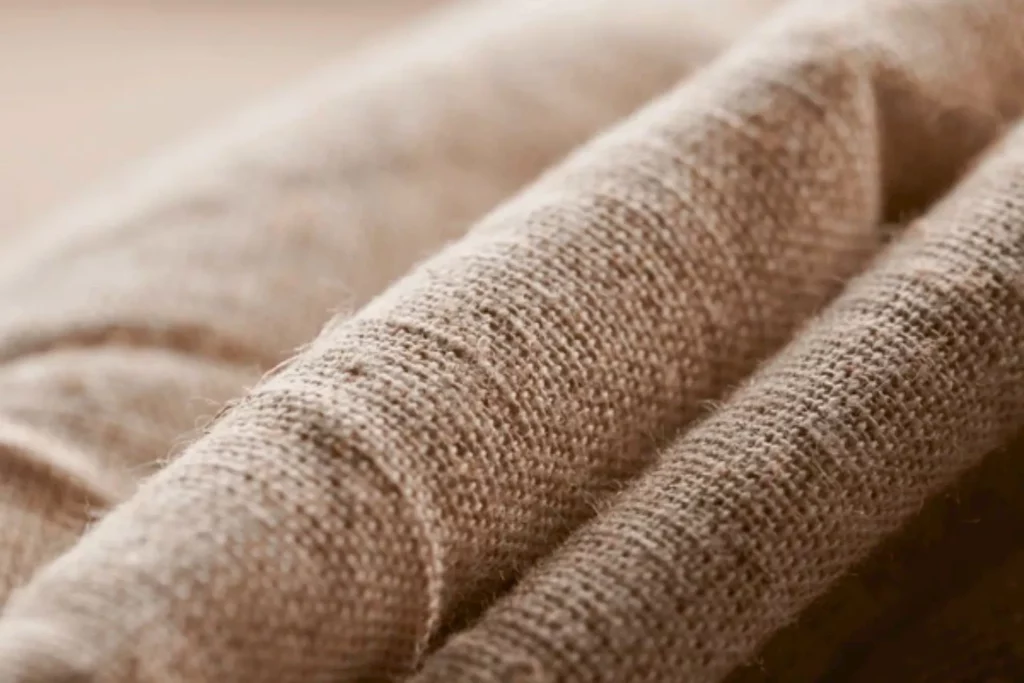
The cotton plant produces fluffy seeds that may be used to make cotton, a natural fiber. Cotton’s softness, breathability, and absorbency have made it an essential ingredient in textiles for ages. The variety of goods demonstrates the adaptability of cotton, such as towels, bed linens, and apparel items like T-shirts and jeans.
It is a major agricultural crop grown in warm climates globally, with notable producers including the United States, China, India, and Brazil. Additionally, cotton is biodegradable, aligning with environmental sustainability compared to synthetic alternatives.
How Is Cotton Made?
The production of cotton involves several stages, from the cultivation of the cotton plant to the processing of its fibers into usable textiles. Here’s an overview of how cotton is made:
- Cotton is cultivated in warm climates around the world. The cotton plant produces fluffy seed fibers within protective capsules known as bolls. The plant is typically ready for harvest when the bolls mature.
- Once the cotton plant is mature, the bolls are picked or mechanically harvested to collect the cotton fibers along with the seeds.
- The harvested cotton undergoes ginning, a process that separates the cotton fibers from the seeds. This is typically done using machines that remove the seeds from the cotton fibers.
- The separated cotton fibers undergo a cleaning process to remove impurities, such as dirt and small plant debris, ensuring that only the fibers remain.
- The cleaned cotton fibers are carded, a process that aligns the fibers in a parallel arrangement. This helps create a more consistent and even texture in the final product.
- The carded cotton fibers are then spun into yarn. Spinning can be done using various methods, with the goal of creating strong and uniform yarn suitable for weaving or knitting.
- The spun yarn is woven into fabric on looms or knitted to create various textile products. The choice between weaving and knitting depends on the desired end product.
- The newly created fabric may undergo finishing processes, which can include treatments to enhance properties such as softness, color fastness, and resistance to wrinkles.
- Cotton fabrics are often dyed or printed to achieve desired colors and patterns. This step occurs before the fabric is cut and sewn into finished products.
- Finally, the dyed or printed fabric is cut into patterns and sewn into finished goods, such as clothing, bed linens, towels, and other cotton-based products.
The result is a wide range of cotton textiles that are prized for their natural comfort, breathability, and versatility in various applications. The production of cotton involves both traditional and modern techniques, with an emphasis on sustainability in some regions to minimize environmental impact.
Properties of Cotton:
Cotton is characterized by several distinctive properties that contribute to its widespread use in the textile industry:
- Absorbency: One of cotton’s most notable properties is its absorbency. Cotton fibers can absorb a significant amount of moisture, making them effective at wicking away sweat from the body. This absorbent quality contributes to the comfort of cotton clothing and towels.
- Versatility: Cotton is a versatile material used in a wide range of textile products, including T-shirts, jeans, dresses, bed linens, towels, and more. Its adaptability to various weaving and knitting techniques makes it suitable for different types of fabric.
- Durability: While not as strong as some synthetic fibers, cotton is durable and can withstand regular wear and washing when properly cared for. This durability contributes to the longevity of cotton garments.
- Natural Luster: Cotton fibers have a natural luster that adds a subtle sheen to the fabric. This quality enhances the visual appeal of cotton clothing and contributes to its aesthetic charm.
- Biodegradability: Cotton is a biodegradable material, meaning it can naturally decompose over time. This property aligns with environmental sustainability and makes cotton a more eco-friendly choice compared to some synthetic fibers.
- Hypoallergenic: For the most part, cotton is hypoallergenic and easily accepted by people with sensitive skin. In contrast to certain synthetic textiles, it is less prone to trigger allergic responses.
- Ease of Care: Cotton fabrics are easy to care for and can withstand regular washing. They are also suitable for a range of dyeing and printing processes, allowing for a variety of colors and patterns.
- Comfort in All Climates: The combination of breathability, absorbency, and softness makes cotton comfortable to wear in various climates, from warm summers to cooler seasons.
These properties collectively contribute to the enduring popularity of cotton in the textile industry and its widespread use in everyday clothing and household textiles.
Care Tips for Cotton Fabric:
- Machine Wash: Cotton is generally machine washable; use warm water for regular cleaning.
- Separate Colors: Wash dark and light cotton fabrics separately to prevent color bleeding.
- Mild Detergent: Use a mild detergent to preserve color and prevent fiber damage.
- Drying: Air-dry or use low to medium heat in the dryer to avoid excessive shrinkage.
Comparison Table: Modal vs. Cotton
Before delving into the detailed comparison, it’s essential to understand the unique qualities that set modal and cotton apart. Modal, recognized for its sumptuous softness, and cotton, known for its timeless comfort, each brings distinct characteristics to the fabric landscape.
| Characteristic | Modal | Cotton |
|---|---|---|
| Softness | Renowned for luxurious softness, similar to silk | Naturally soft and comfortable against the skin |
| Breathability | Highly breathable, suitable for warm conditions | Highly breathable, versatile for various climates |
| Drapability | Excellent drapability hangs and flows gracefully | Drapes well, providing a familiar and cozy feel |
| Moisture Absorption | Good moisture-wicking, effective in activewear | Excellent absorbency, efficient moisture-wicking |
| Color Retention | Tends to retain color well | Maintains vibrant hues after multiple washes |
| Environmental Considerations | Can be produced using eco-friendly processes | Biodegradable, can be grown using sustainable methods |
| Durability | Generally durable, with proper care | Durable, can withstand regular wear and washing |
| Wrinkle Resistance | Prone to wrinkles, may need ironing | Good wrinkle resistance, benefits from care |
| Use Case | Common in activewear and intimate apparel | Widely used in everyday clothing and home textiles |
| Environmental Impact | Potential for eco-friendly production methods | Biodegradable, potential for sustainable practices |
| Versatility | Often chosen for activewear and intimate apparel | Widely used in various products, from casual wear to home textiles |
| Price | Generally more affordable | Often more expensive due to production processes |
| Sustainability | Sustainability varies; organic better | Can be sustainable with eco-friendly production |
Keep in mind that individual preferences, specific use cases, and considerations such as environmental impact may influence the choice between Modal and Cotton.
Modal vs. Cotton Sheets:
Choosing between modal and cotton sheets is a matter of personal preference. Modal sheets, made from beech tree pulp, offer extraordinary softness, often likened to silk. They excel in breathability and moisture-wicking, providing a luxurious and cool sleep experience—ideal for those who prioritize comfort. Modal’s eco-friendly potential appeals to environmentally conscious individuals.
In contrast, cotton sheets are a timeless and comfortable choice, appreciated for their natural softness. Highly breathable, they ensure a comfortable night’s sleep in various climates. Renowned for durability and resilience to regular washing, cotton sheets are a practical option for those valuing longevity in bedding. Additionally, cotton’s biodegradability aligns with sustainability goals.
Modal vs. Cotton Underwear:
Deciding between modal and cotton underwear is influenced by individual taste and lifestyle. Modal, originating from beech tree pulp, is praised for its exquisite softness, breathability, and moisture-wicking abilities—an ideal choice for those who value a silky touch and staying cool.
In contrast, cotton underwear, a classic option, is cherished for its innate softness and breathability, offering a versatile and familiar comfort for everyday wear. Additionally, cotton’s durability and easy care make it a pragmatic choice for those prioritizing long-lasting undergarments.
The decision ultimately rests on whether one leans towards the modal’s luxurious and eco-friendly qualities or the enduring comfort and resilience of cotton.
Frequently Asked Questions:
Does Modal Feel Warmer Than Cotton?
Modal is generally cooler than cotton. Modal fabric’s breathability and moisture-wicking properties make it suitable for warmer temperatures, providing a cool and comfortable feel.
Is Modal Known for Stretchiness?
Modal fabric is not inherently stretchy. While it has a smooth and flexible feel, it lacks significant elasticity. Modal blends with other stretch fibers may exhibit some stretch, but it’s not a characteristic feature of pure modal fabric.
Is modal better than cotton for sensitive skin?
Yes, modal is often a preferred choice for sensitive skin due to its exceptional softness and hypoallergenic properties.
Which Fabric Is More Eco-Friendly?
The eco-friendliness of fabrics varies. Modal can be sustainable with closed-loop processes, minimizing impact. Cotton’s sustainability depends on factors like organic farming. Consider production methods and certifications for an informed, eco-friendly choice.
What is Lenzing Modal?
Lenzing Modal is a sustainably produced fabric made from beech tree pulp by Lenzing Group. Celebrated for its exceptional softness and eco-friendly manufacturing, it’s a sought-after choice in the textile industry.
Which Fabric Is More Versatile?
Modal is often chosen for activewear and intimate apparel, while cotton is widely used in various products, from casual wear to home textiles.
Do Modal Undergarments Shrink Easily?
Modal undergarments can be prone to shrinking. To maintain their size, it’s recommended to air-dry or use low heat in the dryer. Following proper care instructions helps prevent excessive shrinkage.
Final Thought:
In the intricate tapestry of textile choices, the modal vs. cotton discourse unfolds as a symphony of comfort, sustainability, and personal taste. Cotton, the classic virtuoso, weaves a tale of natural softness and enduring reliability, catering to the traditionalists. Conversely, modal emerges as the avant-garde performer, with its silky opulence and eco-conscious allure, captivating those seeking a touch of modern luxury. As the threads of personal style and environmental consciousness intertwine, the decision becomes not just a choice between fabrics but a harmonious composition of individual preferences, comfort, and mindful living.



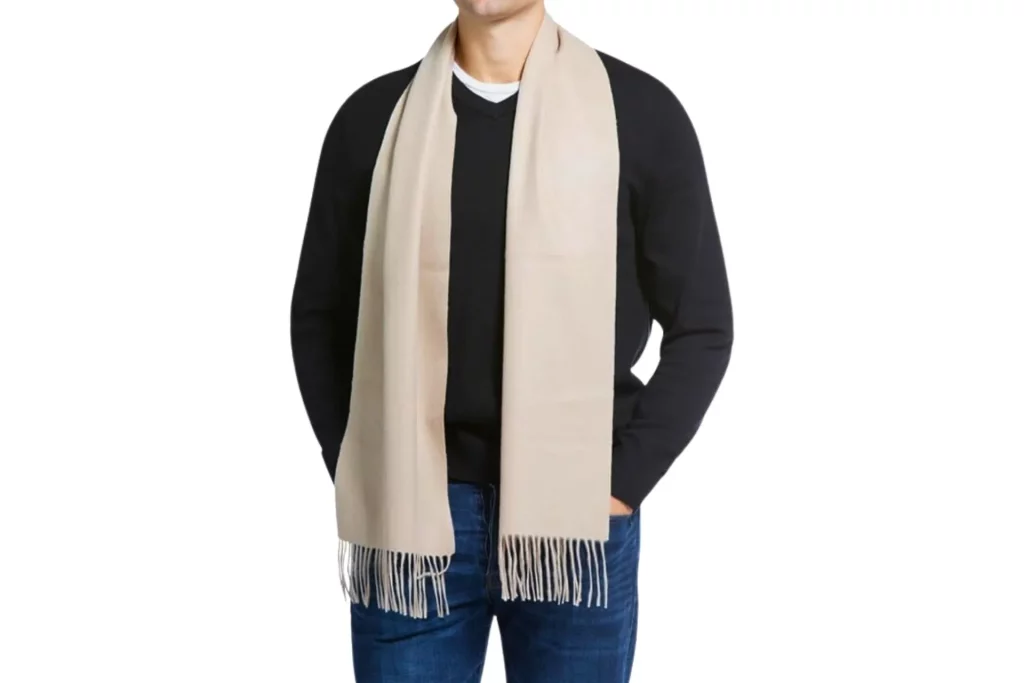
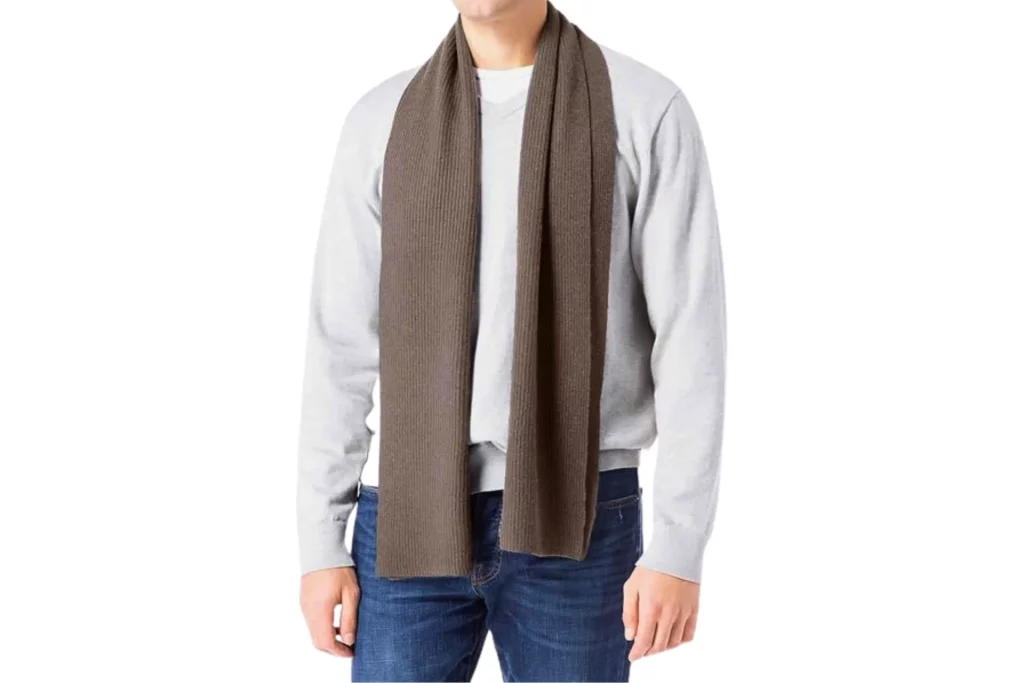
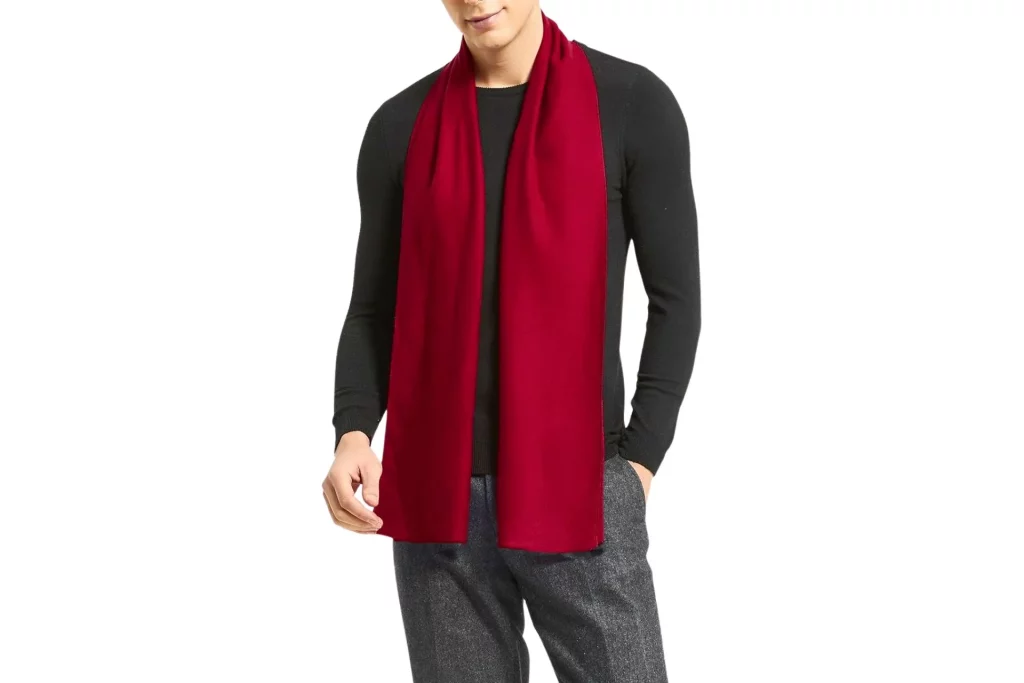
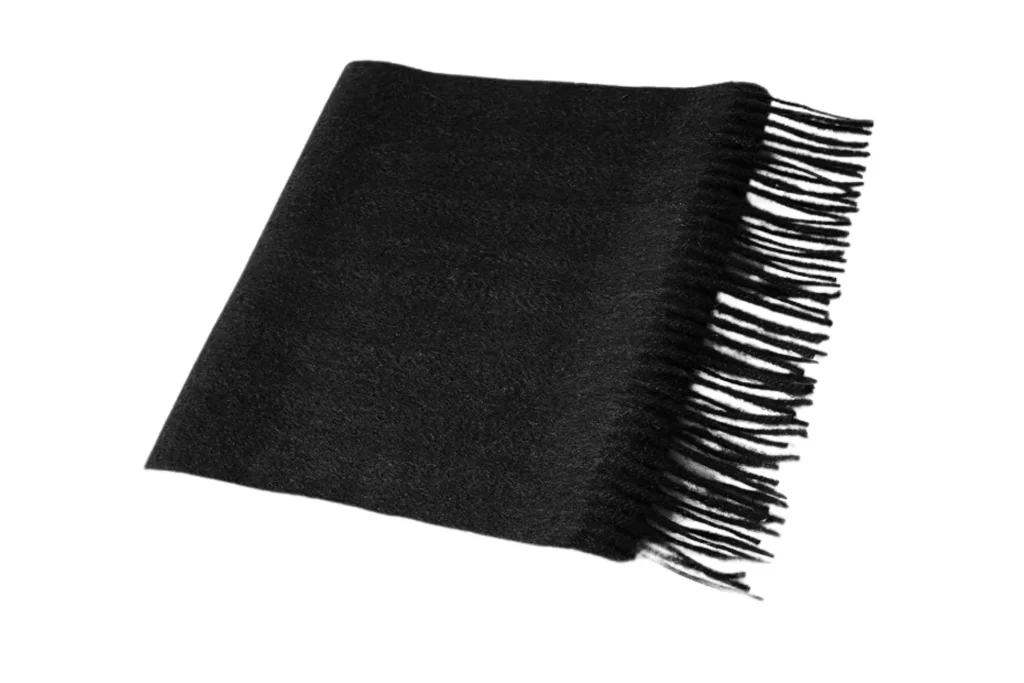
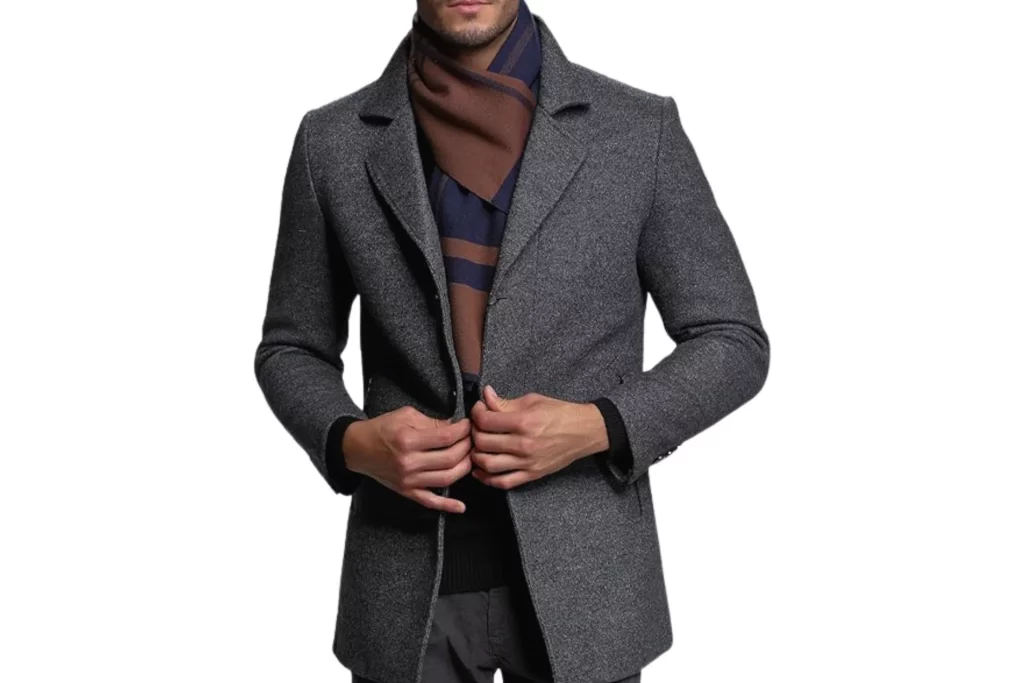
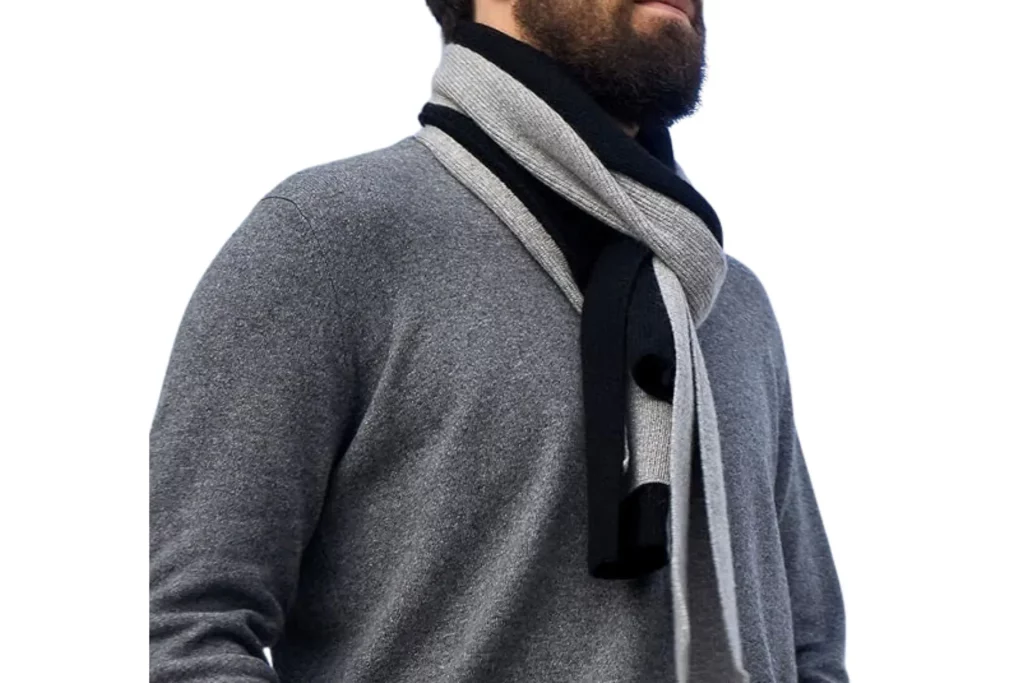
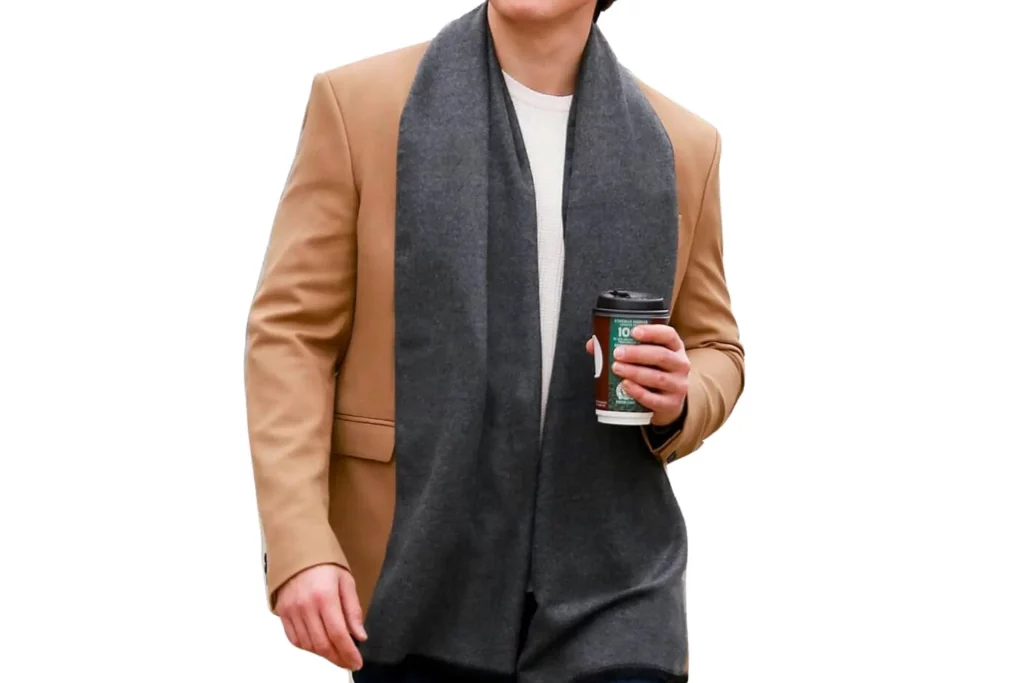
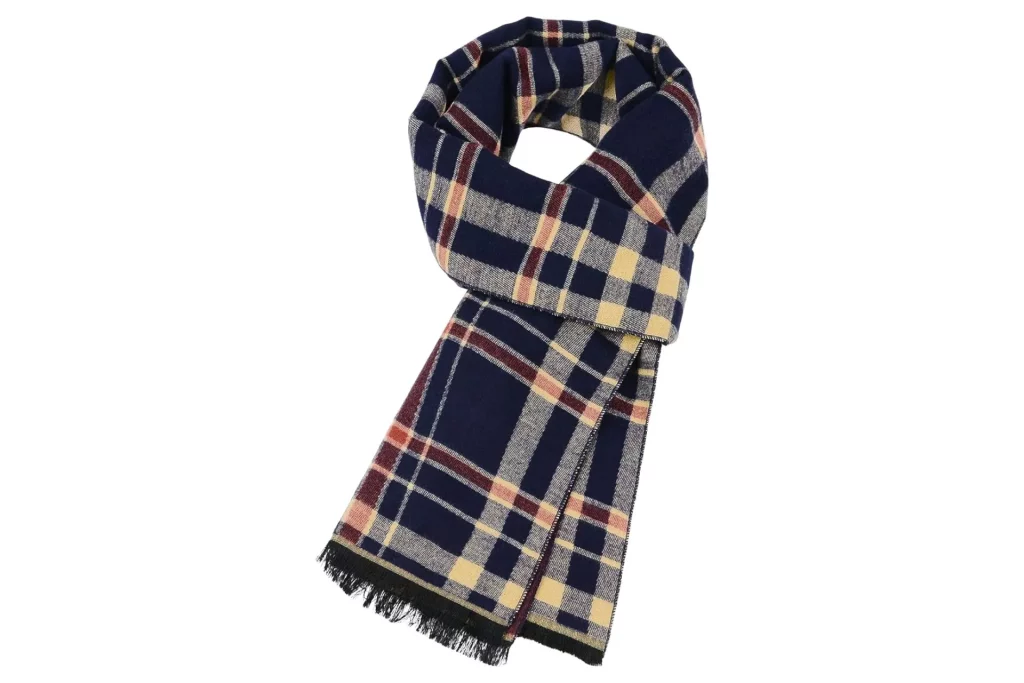
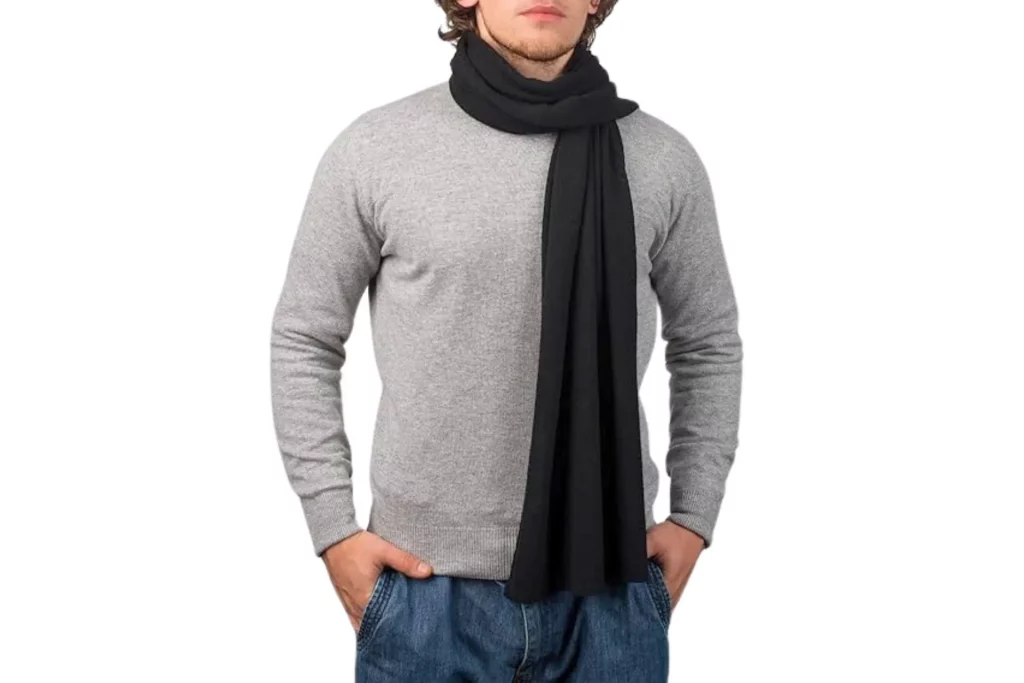
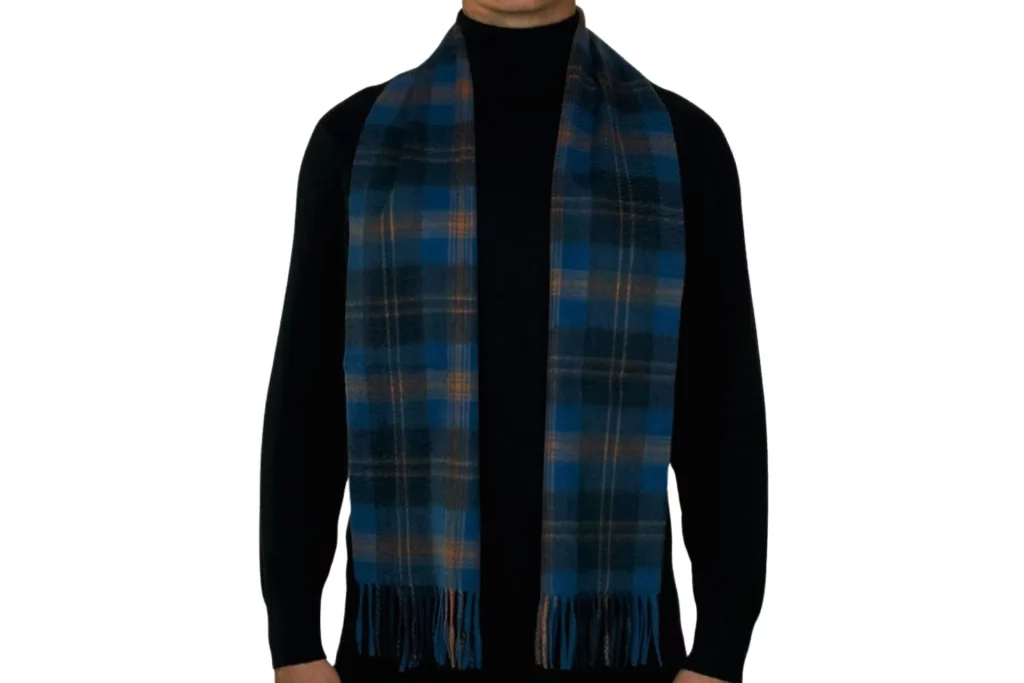
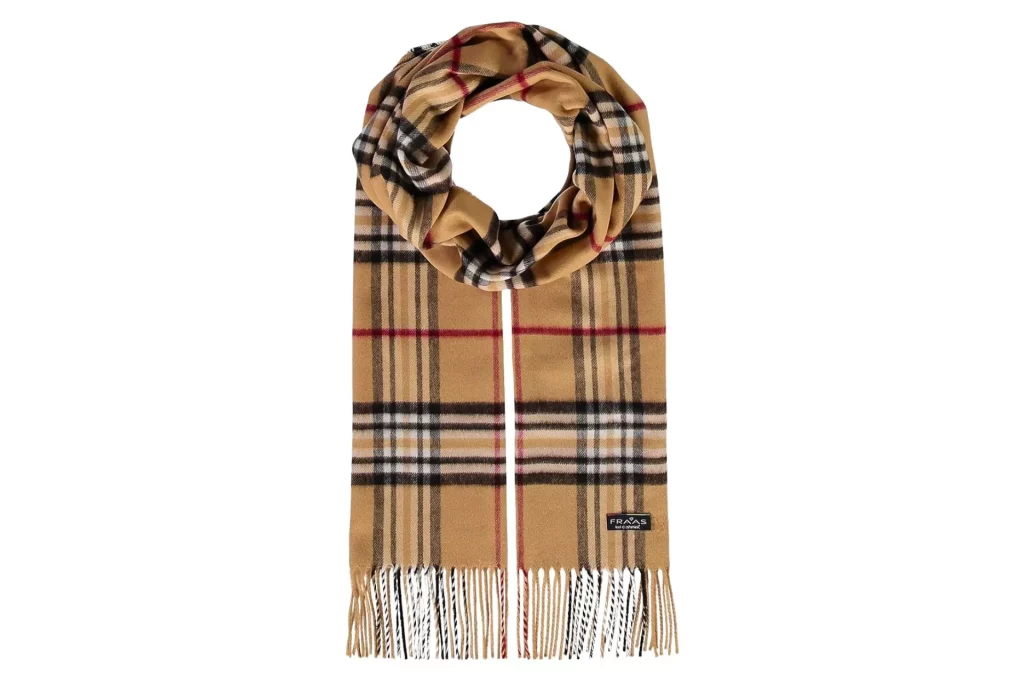
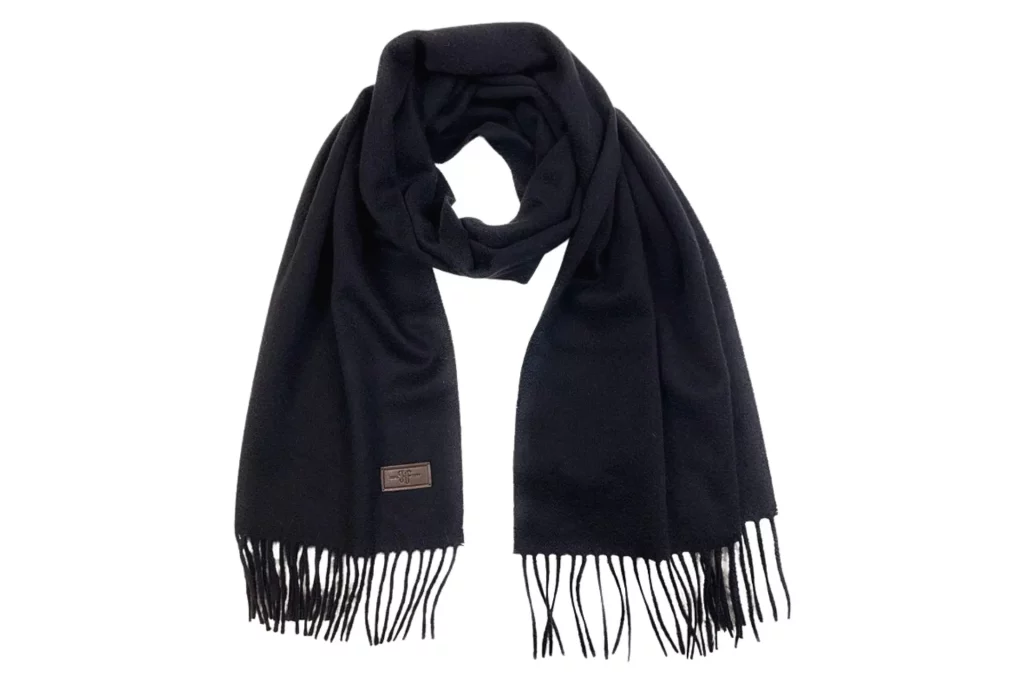
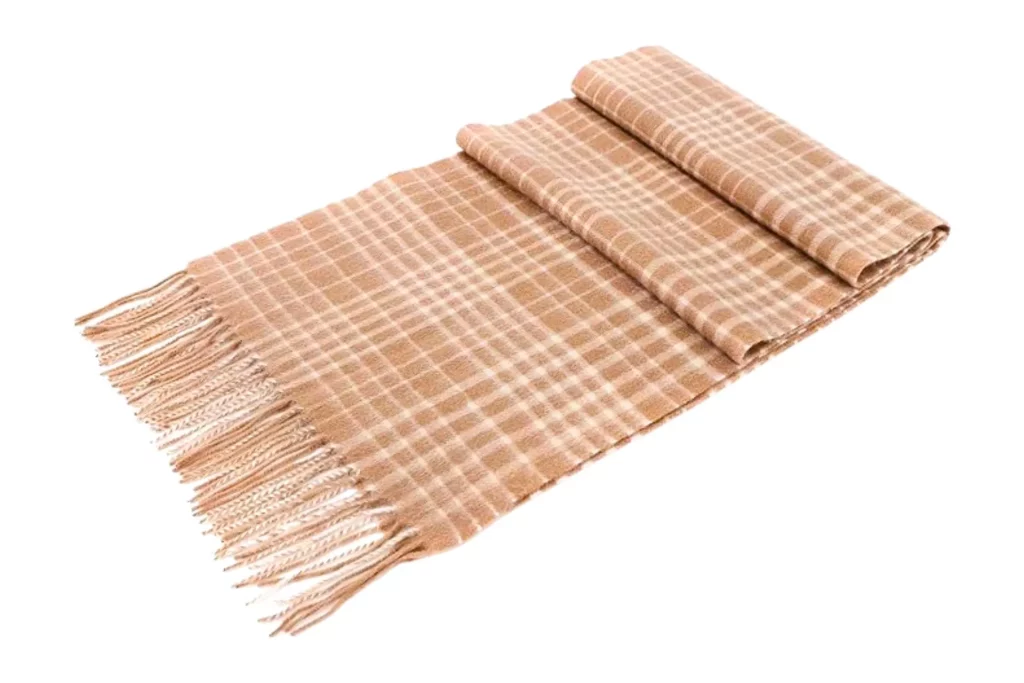
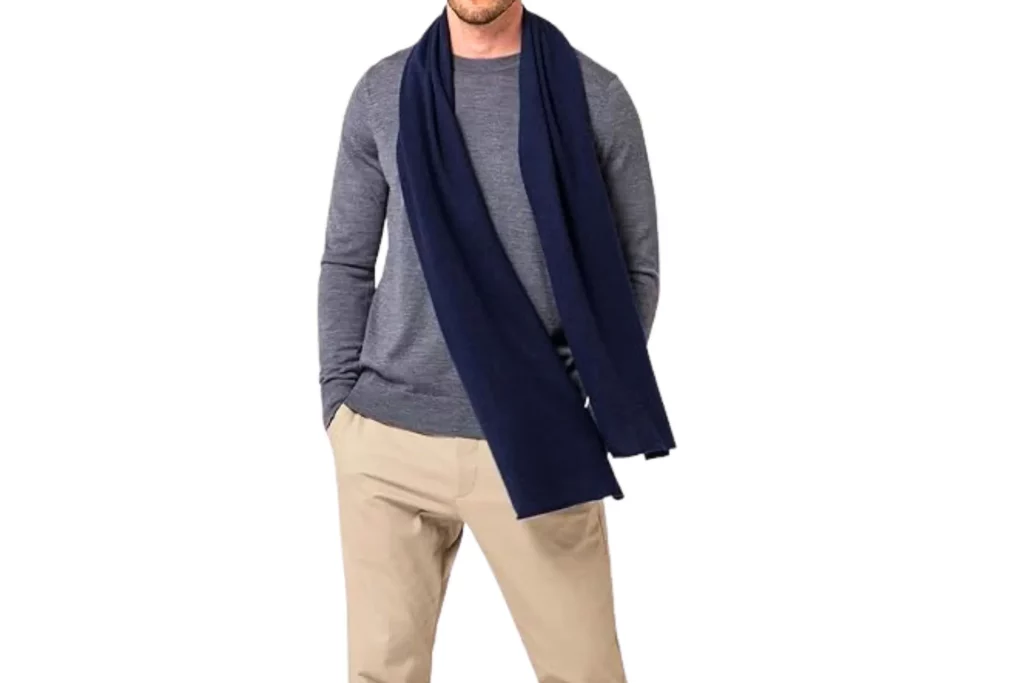
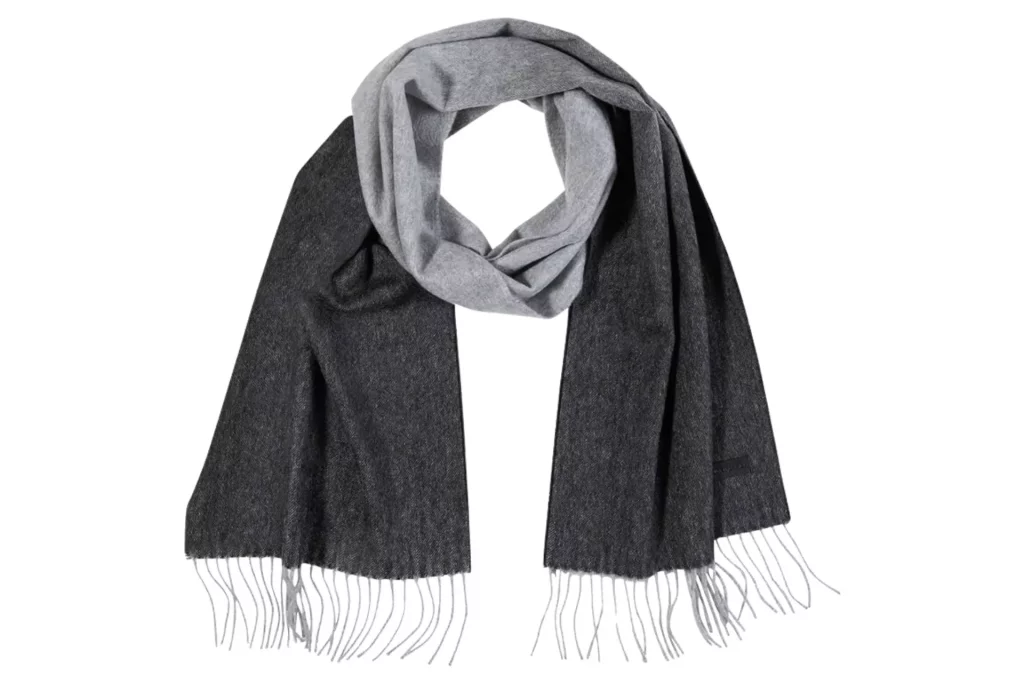

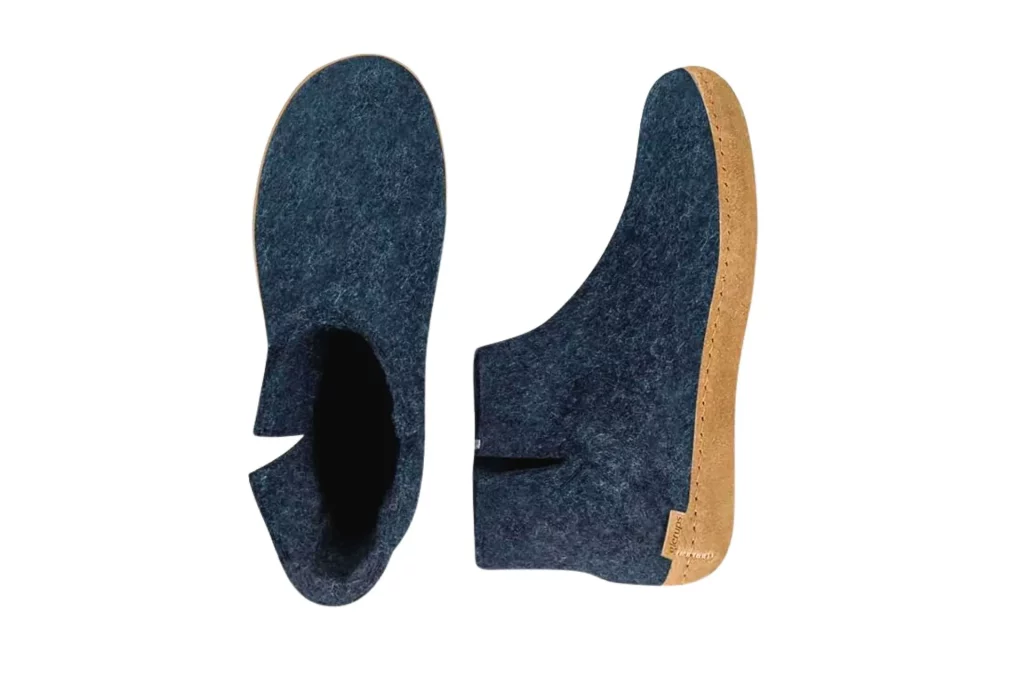
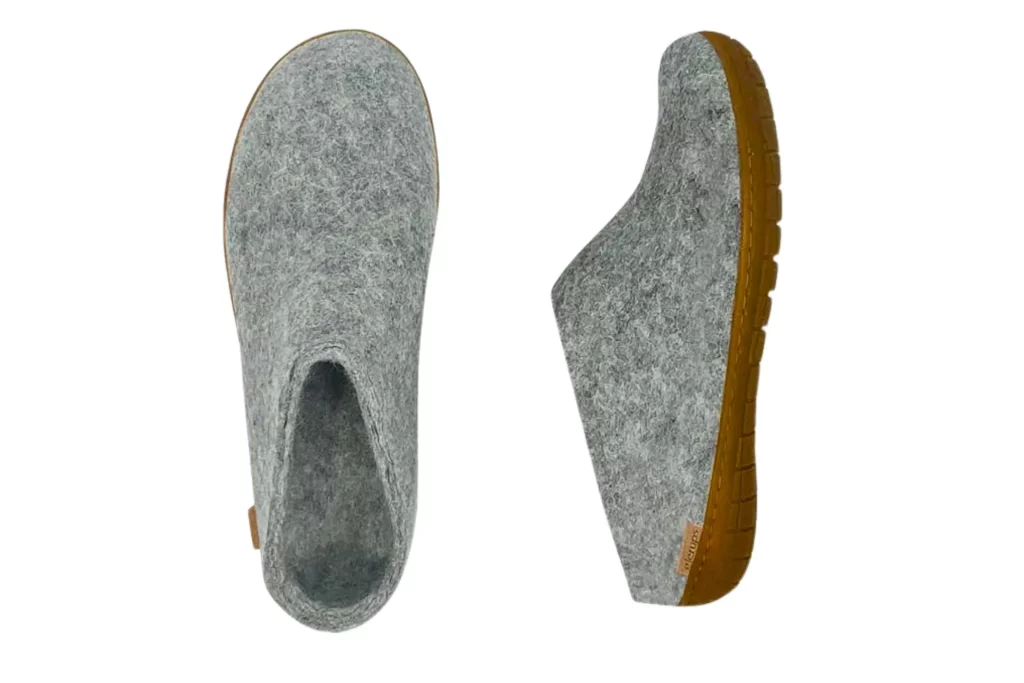
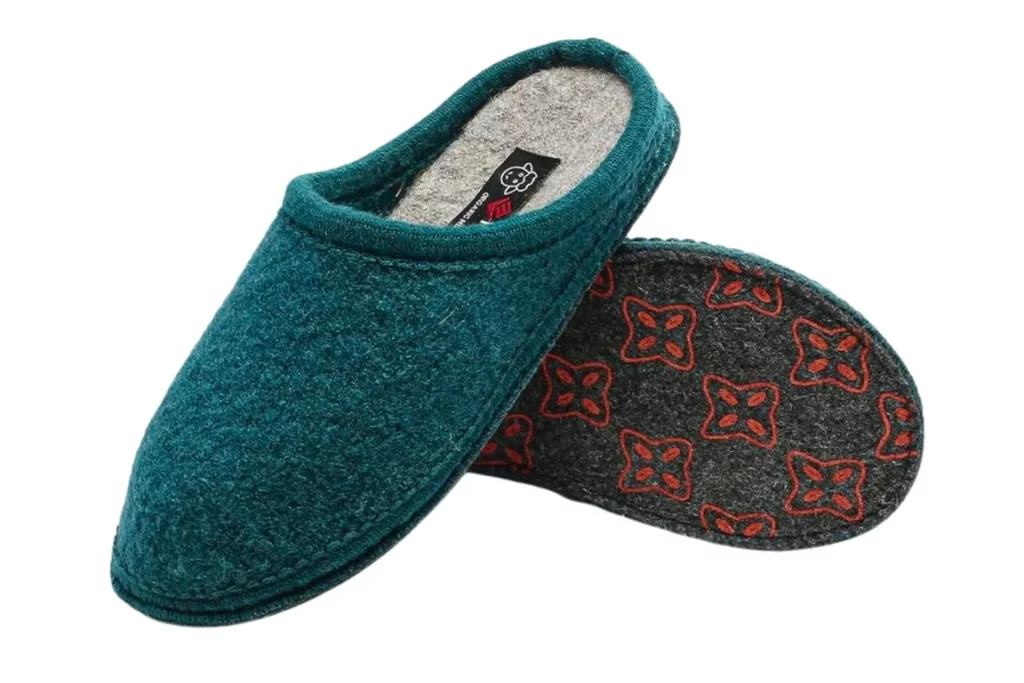
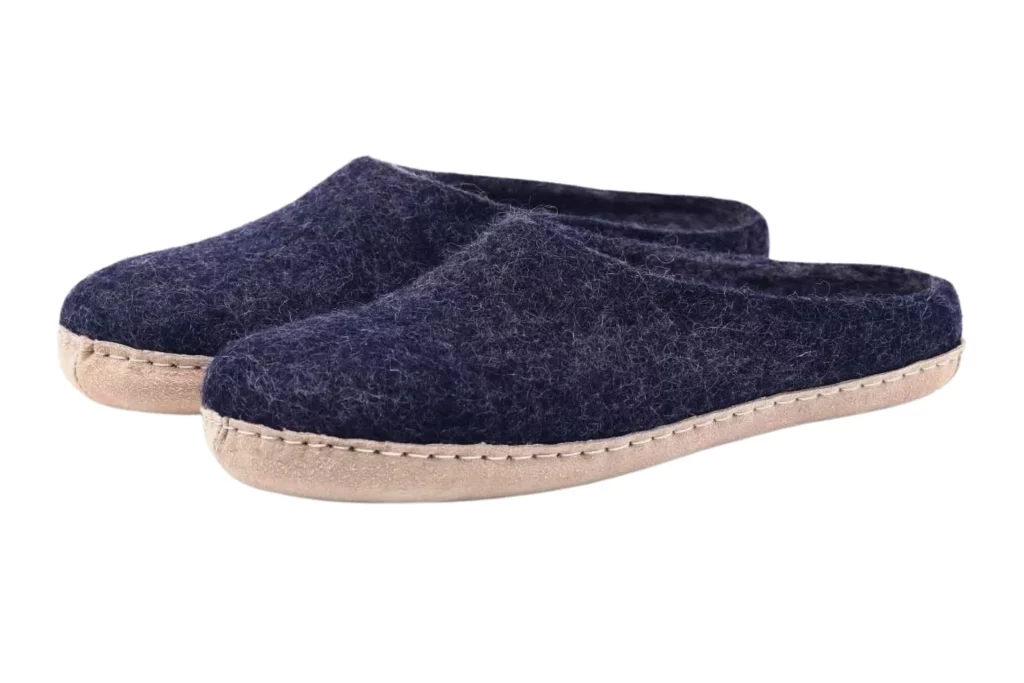
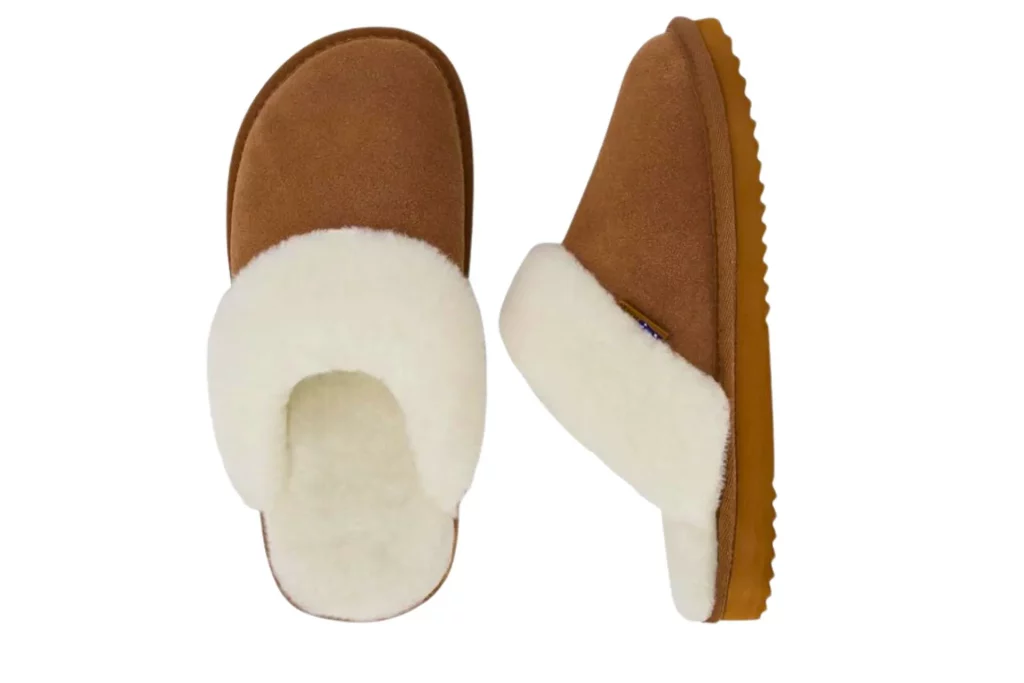
![Does Cashmere Pill? [5 Mighty Hacks for Perfection] Does Cashmere Pill](https://cottoncashmereandwool.com/wp-content/uploads/2023/12/Does-Cashmere-Pill-1170x780.jpg)
